|
Affluent residents of St Barts are accustomed to welcoming mega yachts of the rich and famous. Unless you happen to know a billionaire, it’s highly unlikely you’d ever get close to one of these vessels, much less find yourself on the most beautiful boat in the bay. It’s a topic that comes up repeatedly among the passengers of the SPV Star Flyer, a striking, 16-sail clipper with four towering masts, polished teak trims, and enormous white sails. Turning heads from the Mediterranean to the Caribbean, it looks like a pirate ship sailed through an eighteenth-century wormhole. Sailing with the breeze in high comfort is on many a bucket list, especially romantics with a pinch of salt in their veins. When I first boarded the Star Flyer late afternoon in St Maarten, it took my breath away. One of three tall ships owned and operated by Sweden’s Star Clippers, my week-long itinerary in the Lesser Antilles promised an adventure both familiar and exotic. Well-appointed rooms, friendly international staff, and a fine buffet are common on most cruise ships. Sallying forth under sail, chasing pirate lore, and dropping anchor at small island communities is not. Born and raised in a landlocked city, salt runs in my blood like integrity in politics. I can’t tell a jib from a top sail, a schooner from a sloop, or the spanker from the anchor. Regardless of one’s prior knowledge and appreciation for sailing, everyone goose-bumped when the crew hoisted the sails at sunset. With speakers booming an epic soundtrack of Vangelis’s Conquest of Paradise, the wind thrust us forward in search of rich Caribbean bounty. The 166-passenger Star Flyer is 115m-long with a 15-metre-wide beam, and it’s not even the biggest ship in the Star Clipper fleet (the 227-passenger, 42-sail Royal Clipper holds the Guinness World Record as the largest square rigger in service). Both ships rely on the breeze to do the heavy lifting, with low-emission gas used for internal power, port docking, and maneuvering through idle doldrums. Fortunately, the wind in the Caribbean from December to April is so reliable you can bank on it, hence, the trade winds. It’s the perfect time to make up the leeway, learn your sailing lingo, and discoverwild legends among the beaches and coconut trees. Calling into Anguilla, St Kitts, Virgin Gorda, Jost Van Dyke, and St Barts, I’m sailing into a domain of buried treasure, mythical pirates, and sloop battles. Borrowing books from the ship’s library, I dove into the Golden Age of Piracy, when motley crews of men – and occasionally women – plundered trade and war ships, all the while swearing impressive oaths of loyalty, democracy, and non-discrimination. Welcoming all who could be useful and evenly distributing the spoils, the intrigue of pirates has long hijacked our popular imagination. The Black Flag inspired countless legends in the Caribbean, including that of a buried treasure hidden deep inside the coastal caves of the uninhabited Norman Island. Here, the Star Flyer dropped anchor so passengers could snorkel into the same caves that inspired Robert Louis Stevenson’s Treasure Island. The more I read about Henry Morgan and Calico Jack, Anne Bonny and the infamous Blackbeard, the more I got swept up in the region’s history, and the thrill of sailing under wind. Operating a tall ship is both an art and a skill. Experienced passengers on board constantly debated our Polish captain’s decisions, analyzing the different sails in use, and the impact of the prevailing winds. With 3344 square metres of sail, utilizing all four masts could easily blow us halfway around the world. The captain tells me that he often sails up and down during the night, providing invaluable experience for his navigation and ship crew, and using just fifteen percent of the fuel typically needed for a ship of this size. Cruising anywhere in modern luxury is a decadent affair, but with its comparatively low carbon footprint, large passenger sailboats like the Star Flyer suggest a more viable and sustainable cruising alternative. When we dock in St Kitts, I see a line-up of massive cruise ships parked outside a duty-free shopping mall. It’s the only time our vastly different cruise experiences meet, and it feels like we’re visiting from a different planet. Occasionally, the wind howls over twenty-five knots, creating large swells that rock and roll the ship, stabilizers be damned. Sometimes, I reach for the Gravol, or need to retreat to my comfortable cabin on the Commodore Deck, watching sea water rinse my cabin window. More often the sea is as calm as a mirror, but sailing will always be an adventure, especially for landlubbers lacking sea legs. Seventy-three international staff and crew operate efficiently under any conditions, spotlessly cleaning our rooms, preparing fantastic meals, cocktails, and typical evening entertainment. There’s pirate parties and trivia nights, disco dancing and interpretive talks. Daily activities include swimming and snorkelling, various watersports, an onboard spa, and opportunities to explore the history and culture of different islands. Tenders deposit us on quiet beaches that are home to some of the Caribbean’s legendary sailing bars, like Soper’s Hole on Tortola, and the Soggy Dollar on Jost Van Dyke. My personal highlight is a visit to The Baths on Virgin Gorda, a series of rock pools, beaches and cave swims in the turquoise water of your dreams. Being on a smaller vessel with a minimal footprint means we can visit and interact with beaches and communities beyond the reach of giant cruise ships. My dining mates, a couple from Toronto, are cruise veterans with dozens of voyages under their belt. Both agree the tall ship had exceeded their expectations, with just the right combination of adventure and comfort. Embracing the warm sea breeze, I stretch my arms towards a pod of dolphins cresting a few metres beneath me. I’m lying on the netted bowsprit at the fore of the ship, my favourite spot on the Flyer to soak it all in. It’s a giant hammock, of sorts, meeting the sea breeze and ocean spray head-on. I often lie back on the thick net to admire the clouds, or zone out staring at the waves. That’s when the dolphins appeared, gliding playfully in front of the bow, providing another singular moment of joy in a week of many. Admittedly, not all passengers have the nerve to hang out at the bowsprit, much less take up the ship's offer to scale the mainmast. Securely kitted with a safety harness, I climbed the rope ladder to a viewing platform eighteen metres above the sparking water. It provided a priceless and occasionally knee-shaking birds-eye view of the ship, sea, islands, and sparkling horizon. Although travelling alone, I quickly found my crew of fellow bowspritters and mast-climbers. Spanning six decades of age, I gathered with my group to enjoy fine cocktails, fun company, and tall tales at the Tropical Bar. No matter what boat you sail in, it’s the people you meet who create the paradise you find. Reliably gorgeous sunsets and epic sailaways are greeted each evening with champagne, cocktails and quirky maritime toasts suggested in the daily program. “To our wives and girlfriends… may they never meet!” An unannounced wedding takes place on the Sun Deck one evening, and the entire ship celebrates. Small ships just have that kind of vibe. Later, we’re invited to follow the cruise tradition of dressing in white to sail the warm breeze under the spotlight of a full moon. Naturally recalibrating my balance with one hand steadied on the ship, I’d found my sea legs at last. Everything moves a little slower under sail. Although internet is available at the bar, it is pricey and limited. Most passengers agree that screens can wait. Sailing on a tall ship is about reading and resting, conversations and stargazing, staring into the distance, and wondering why it took you so long. When we anchored in St Barts, it was a thrill to find ourselves on the most impressive ship in the harbour, and nobody needed a personal invitation from a billionaire either. Any way the wind blows, it’s reassuring to know we can all find our own swashbuckling sailing adventure.
1 Comment
Wrapping up 2023, tourism is rebounding faster from the pandemic than most of us predicted. We weren’t’ supposed to see industry numbers like this until 2024 or even 2025, but the world has collectively decided to move on as if Covid never happened, and tourism has reflected this accordingly. Everything has definitely become more expensive, sometimes because of supply-chain issues, sometimes because it’s an opportunity for folks to maximize profits and take advantage of others. This is true for the tourism industry, and true for everything else too. This year I really got stuck into my bi-weekly column for Canadian Geographic, chasing stories that are inspirational, worth knowing, and unique. It’s the cornerstone of my Bucket List brand: exploring destinations and activities that you can’t find anywhere else; are wholly memorable; practically attainable; and will make a great story you’ll want to share for the rest of your days. I kicked off 2023 with a New Year’s Eve torchlight descent at Sun Peaks Resort in British Columbia. After many years of snowboarding, I’m now transitioning to skis, and it was a fantastic confidence booster (and a little terrifying) to ski at night. A few weeks later I found myself on BC’s Powder Highway, back on skis in Fernie, Kimberly and at the Panorama Mountain Resort. I explored quirky roadside attractions in New Brunswick, unique statues around the world, high-speed F1 yacht racing in San Francisco, and the origins of craft beer in the Pacific Northwest. Sometimes the story is about people too, like the Syrian refuges in Nova Scotia and their phenomenally successful chocolate business, or Scuba Diving Hall of Famer and cave diving legend Jill Heinerth. The best travel is about the experiences you share, whether it means taking your kids medieval glamping in Alberta, or a parent on a bucket list hike in Newfoundland. Sometimes family travel lies on a spectrum between beluga whales in the north, the jungle in the south, and iconic theme-parks (I’m proud of this particularly honest review of Disneyland.) I’m always on the lookout for unusual and memorable accommodation, from the world’s most northerly eco-lodge to surviving a night in Quebec City’s ice hotel. As for wildlife, I attempted to cage dive with saltwater crocodiles in Australia, hit the prairies to see the world’s largest concentration of snakes, and looked at places near and far to ethically volunteer with animals. The two back-to-back horse-riding expeditions I took to the Allenby Pass in Banff National Park showcased the Rockies at their finest, and was my inspiring debut as a Can Geo Adventures Travel Ambassador. Learning more about Indigenous experiences across the country shepherded me to prairies campfires and other inspiring locations around the country. Further afield, I researched upcoming stories about the Rio de Janeiro Carnaval in Brazil, a sustainable eco-lodge in Costa, and exploring French Polynesia with a small-ship Wind Star cruise.
I write a monthly blog for Great Canadian Trails too, where this year you can find stories about mountains, forests, whales and icebergs, cross-country skiing and great Canadian books. I celebrated Yukon for the territory’s 125th anniversary, took a curious look at Prince Edward Island, a ride along the beautiful Kettle Valley Heritage Trail, and explored Canadian wonders that double as international look-a-likes.
The Scenic Eclipse’s owner wanted non-billionaire friends to experience the billionaire luxury yacht experience. Count yourself in.  The chef presents a burrito cigar, filled with chicken, salsa and guacamole, resting on a thick glass ashtray you haven’t seen since 1978. Next up is a slice of marbled Jack’s Creek Australian steak sizzling on hot pebbles, blow-torched to order, medium rare. Now the glazed fois gras lollipop, served on candy floss which is melted with chili-infused vinegar spray. There will be ten of these courses, each accompanied by a crystal glass of fine wine from every major wine-producing region. Am I in one of Vancouver’s new Michelin-star fine dining restaurants? No, I’m a passenger on the world’s most luxurious passenger yacht cruising off the Pacific coast of South America, and this is not even the most memorable meal of the week. In the wake of the pandemic, cruise ships appear to be sailing in two different directions. There are the massive floating resorts appealing to the masses (MSC’s new Wonder of the Seas can accommodate a record 6988 passengers). Then there are the small, extravagant vessels that promise comfort and decadence beyond imagination. With just 114 suites housing 228 guests across five decks, the 168-metre long Scenic Eclipse sails firmly into this harbour, billed as The World’s First Discovery Yacht. This means it can safely navigate Antarctica and the Northwest Passage just as easily as it can cruise the Mediterranean or South Pacific. It also means that each extra-large, sound-insulated cabin has its own butler, electronically customizable beds, Dyson hair-dryers, all-inclusive mini-bar, balcony, gourmet coffee maker, and oversized rain shower bathroom. -Boarding the Eclipse in Lima on a 9-day sailing to the Chilean capital of Santiago, the lush expansive lounge, beaming staff and towering bar all look impeccable. Doting, attentive and highly trained international crew outnumber guests three to one. The Eclipse was inspired by the Australian owner’s desire to offer his non-billionaire friends the billionaire luxury yacht experience. Forget the tiresome nickel and dime cruise dance, because everything is included: all premium alcohol, wifi, offshore excursions, all nine dining options, entertainment, kayaking, paddle-boarding, even your crew and driver tips. You do however have to pay to ride the two on-board helicopters and comfy submarine, along with expansive spa services that include a range of massage, hair styling and nail services. Considering the pricey rack rates for this bucket list cruise experience, those costs might feel like a drop in the ocean. 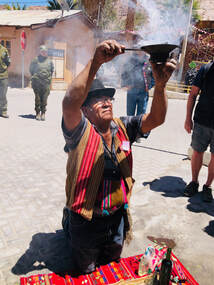 Receiving a blessing in Codpa Receiving a blessing in Codpa “Honey, there’s a sperm whale chilling off our balcony!” My wife is enjoying her long hot shower (the ship desalinates up to 200 tonnes of seawater every day) and misses the unexpected wildlife moment. Gathered for their daily wildlife briefing in the lounge, the ship’s marine biologists, naturalists and guides are suitably impressed. A sense of discovery, immersion in nature, and taking advantage of the ship’s many toys are baked into the Scenic Eclipse experience. Our particular itinerary, an annual repositioning called Latin American Delights, offers mostly land-based cultural excursions as the Eclipse makes her way south for another busy Antarctica season. In Paracas, Peru, zodiacs take us to the Ballestas Islands, where pungent guano is mined for fertilizer and hundreds of thousands of seabirds nest in dramatic cliffs reminiscent of the Galapagos. The following day, flamingos and migrating birds await us in the protected Meija Lagoons, an hour’s drive from the historic town of Matarani. Relieved to welcome the first cruise ship to visit the port town in two and half years (Covid and political unrest battered regional tourism in Peru), locals pull out all the stops in appreciation. We dance, drink pisco, and smile for local media. Sailing into Arica, Chile, we leave the ship to explore the culture and alien landscapes of the Atacama. Life is in constant battle with the elements in the world’s driest desert. In a small desert village called Codpa, the resident shaman’s blessing over smoke, sweet wine and coca leaves feels deeply authentic. Each afternoon, we return by bus to the Eclipse’s decadent bubble of luxury, greeted with hot towels, spotlessly clean rooms, twinkling live piano music, courtly service, and a complementary cocktail bar of dreams. Whatever region of the planet you explore on this striking vessel, expect a jarring contrast onboard to the world you’ll discover onshore. There are 135 different types of Scotch and whiskey at the bar, and recognizing the opportunity, I’m determined to taste as many as I can. Each dinner menu is a conversation starter, each dish over the top. Even at full passenger capacity, the Eclipse is designed to accentuate opulent space and comfort, hence her ten dining experiences when the outstanding Yacht Club buffet could easily suffice. Hell, the 24-hour room service menu would easily suffice. Smiling staff are eager to satisfy any guest request. Truffle fries at 1am in the morning? Yes sir! Changing one of the six types of available pillows before turning in? Yes sir! Expect indulgent French cuisine in Lumiere, melt-in-the-mouth sushi at Kokos, grilled rib-eye steak and lobster in Elements, and expensive wine that just doesn’t stop flowing. My favourite meal is the Night Market, where a wonderful chef named Strawberry (yes, that’s her real name) exhibits her culinary creativity across eight courses of Indian, Middle-Eastern or Asian-inspired dishes that defy description. Her blueberry folded gelato served with curry-buttered popcorn and compote will haunt my tastebuds forever. Corporate Executive Chef Tom Götter’s commitment to sustainability and reducing food waste permeates everything: food scraps like vegetable peels and kitchen castaways are dehydrated and turned into fragrant ‘dusts’ and spices. All the gelato and baked goods are made onboard, while fresh herbs grow in specialized cabinets inside Epicure, which hosts cooking classes and beverage tastings. The Eclipse burns low sulphur diesel, and when liquid natural gas starts powering cruise ships, I expect Scenic – which operates luxury river cruises in Europe and has more ocean ships under construction - will be among the early adopters. Initiatives like digital labels updated daily in guest cabins might eliminate paper, although any readers seeking a sustainable vacation won’t find it on an engine-powered cruise ship, at least for now. As we approach our final port of Valparaiso, heavy wind and high waves pound the ship, so I head to the bridge to see how our affable captain is dealing with it. The technology and engineering inside the Eclipse is mind-boggling. Oversize six-metre-long stabilizers have been deployed on either side, large enough to keep passengers steady on much larger ships. There’s no rudder, as each prop can rotate 360-degrees, while the ship can maintain her position without dropping anchor thanks to GPS positioning. Bridge crew welcome guest visits from 8am to 8pm, patiently explaining to us how the ship works, and allowing the obligatory captain’s chair photo. I can’t stick around though, I’ve got a manicure booked, and want to iron out my back in the infra-red sauna before tackling a half-dozen fragrant Speysides at the bar. “Who the hell lives like this?” I ask my wife, busy scrolling on-demand movie selection on our cabin’s wall-sized flat screen TV. We need a few hours to digest the 10-course Chef’s Table dinner, featuring that burrito cigar, as well as coconut ceviche, braised BBQ rib, smashed mango-curry lamb chop, and a literal homemade chocolate fudge explosion. In fact, we’ll need a few years to digest the overall Scenic Eclipse experience. Together we’ve come a long way from our first cruise onboard a typical floating hotel with packed pools and excessive buffets. Luxury small ships like the Scenic Eclipse cater to a different clientele chasing unique and exclusive experiences. Pricey it may be, but passengers will delight in that rare opportunity to get far more than what you pay for.
Visit www.scenic.ca for more information about Scenic Eclipse itineraries. “Don’t you ever just read a Grisham?” comments one of my friends. It’s been a busy summer, making up for summers past as travel returns to its pre-pandemic boom. After Tahiti and Sudbury, I dropped my bags, picked up my six-year-old son Galileo, and hopped over the Rockies to see what Calgary is up to these days. In a city accustomed to booms and busts, the boom is back. We’d spend a few days researching the urban and regional attractions that met my ‘bucket list’ criteria, chasing columns and new chapters for the upcoming second edition of The Great Western Canadian Bucket List. There would be time for bedtime stories, but that’s about it. . We kick off with the Yamnuska Wolf Dog Sanctuary outside of Cochrane, a facility that rescues and shelters hybrid animals that belong in neither a domestic or wilderness environment. That doesn’t stop idiots breeding wolf-dogs, for idiots who think it would be cool to own a wolf. What they get are shy yet aggressive animals that make terrible pets, with untamed instincts requiring constant attention and secure zoo-like enclosures. Breeding wolf dogs is, inexplicably, legal in Alberta. The sanctuary does a fantastic job educating the public, looking after the animals they rescue, and advocating for both wolves, canines and hybrids. Next we drive into the foothills of the Rockies to spend the night with Tracey and Tim at Painted Warriors, a hands-on Indigenous cultural and wilderness experience that invited conversation around the campfire, archery in the forest, star-gazing, and nature walks. Among many other things, I learn I’ve been aiming with the wrong eye all my life (no wonder I always miss), how aspen makes natural sunblock powder, and that a professional archer can hit the top of a golf tee from fifty yards. Above all else, I learn yet again that meeting good people always results in a good time. We drive back to the city, pick up outrageously good smoked meat sandwiches and ice-cream at the Calgary Farmers Market, and head across the highway for Downhill Karting. It’s the same luge contraption I discovered many years ago in New Zealand outside of Rotorua, and it’s fun to share the experience with my delighted kid. It’s the first time we’ve done a trip just the two of us together, and while Gali doesn’t have gunpowder energy of his Tahiti-toting sister, he’s observant, measured, and willing to give everything a go. We’re here for a good time, not a long time, so it’s off to Lazy Day Rafting Rentals to float down the Bow River and experience one of Calgary’s more iconic summer activities. Gali super-soaked ducks and geese as the river gently floated us from our entry point to the Bow River Pathway Bridge. Drop off the boat, check-into the Residence Inn, and stroll over to The Mash, which upcycles grain from a microbrewery into delicious pizza dough. My pizza had everything on it, Gali ordered plain cheese. One day he will order toppings, add Tabasco, and say: “So this is why you order pizza with everything on it.” I look forward to that day. We’re heading out the city again, but before we do, we pop into the National Music Centre to see Randy Bachman’s insane guitar collection, learn about Canada’s outsized role in the history of popular music, mix some beats, and gawk at the 64-foot one-man orchestra known as the Kimball Theatre Organ. We pop into the Hangar Flight Museum by the airport, and hit the road for the Good Knights Medieval Encampment for an evening of medieval glamping. This is an actual thing, and as you can read in my column for Canadian Geographic, it’s a very fine thing indeed! We dressed up, threw fake axes, jousted with real swords, and watched lords and ladies dance under the big prairie sky. We’d immersed ourselves in a fun, family-friendly world that is one-part history and one-part Lord of the Rings / Game of Thrones / Dungeons and Dragons fantasy. The things you can do in Canada never cease to amaze me. A few days later, we’re out the country so I can take my kids to a place I swore I’d never take them to. You can read all about it here, with an honest column that I hope captures the parent’s experience of Disneyland. I’m not a theme park kinda guy, but visiting Disneyland was never going to be about me: it’s all about the kids, and the kids had a great time. We stayed the Grand California over the 4th of July weekend, when the park was heaving with visitors. The Genie + pass was essential to avoid the line-ups, but we probably should have eased Gali into the rides before kicking things off with a dark rollercoaster of Space Mountain. I don’t think he’ll ever forgive me. His sister, meanwhile, gravitated to the fastest, loudest, scariest rides. It’s remarkable these kids came from the same womb. I turned a shade of lime after the rollercoaster and falling elevator rides in Disney Adventure Park. In truth, the ride I was looking forward to most was a Harley Davidson Road King waiting for me back in Vancouver. Last year I researched a story about renting a Harley from EagleRider Rentals in Vancouver, joining a bike crew on a road trip up Vancouver Island, ferrying to Bella Coola, and back through the BC interior. A year later, I join most of the same group (which happen to include the excellent Daniel Cook Band), and we roar off for a four-day loop of Vancouver to Osoyoos to Nelson to Lillooet to Vancouver. Once we got out of the congested city and past the summer construction, our bikes could blitz through the sweltering, rolling countryside. Motorcycles were out in full force, giving the eponymous biker wave when passing each other. Daniel and his band busted out their instruments in the evenings, which added a wonderful dimension to the trip, and delighted large groups of bikers with an impromptu roof top party at the Adventure Hotel in Nelson. We swam in the warm waters of Christina Lake, did a long, knee-cramping day in the saddle, played obligatory games of cribbage and did a memorable sidewalk jam in Lillooet. The diverse landscape and excellent roads of British Columbia delivered the goods. I’ve joined EagleRider’s membership program, and look forward to making this an annual tradition. A weekend in Birch Bay, Washington (or as I like to call it, Canada in the USA), back across the Rocks for a wonderful wedding at the River Café in Calgary, and we’re up to date! I’m leaving early tomorrow morning to hike the East Coast Trail in Newfoundland. July has been one for the books, but it’s going to get really busy in August. Reading a Grisham can wait.
It’s difficult to describe the cultural whiplash, the immaculate jet set disorientation, that accompanies any traveller finding themselves in Bora Bora one day, and Sudbury Ontario a few days after that. As usual, I’m going to give it a go. It was my first time in French Polynesia, although the coconut islands of Tahiti, Mo’orea and Bora Bora have long haunted my dreams, having featured in the pages of a paradise calendar that I cut out and plastered across my dorm room wall. I’d long heard about lagoons so clear you’d think the sea was an infinity pool, about beaches that squeak and opulent overwater villas. In truth, a week in the Maldives had made this nothing new. I’d also encountered Polynesian culture before through travels to New Zealand, Hawaii and the Cook Islands. I’d even explored the oddness of a French Overseas Territory before, on the island of New Caledonia in the Pacific and the Atlantic island of St Pierre and Miquelon off the coast of Newfoundland. Yet it’s the people you meet who create the paradise you find, and the people you travel with too. Researching a story for an upcoming Islands and Wellness issue of Dreamscapes Magazine, I had set sail to capture the essence of multi-generational travel, how knowledge and attitude is transferred through experience. Joining me on this assignment was my mom and my daughter, completing a three-generation arc. We’d travelled together before, on a fantastic cruise around Atlantic Canada which resulted in a wonderful story for the Vancouver Sun, save for one critical detail: the cruise company went bankrupt shortly after our trip. Our days aboard One Ocean’s RCGS Resolute exploring Sable Island, Gros Morne National Park, St Pierre and the Magdalen Islands - and kitchen party nights in the ship lounge with the wonderful Barra MacNeils of Cape Breton - was truly a once-in-a-lifetime deal. On the other side of Covid, the time felt right to find a new ship, a different ocean, and see if magic can repeat itself. Cruising on a small ship is a world away from cruising on a big ship. I learned this on the Star Flyer in the Caribbean, on the Scenic Eclipse down the coast of South America, and onboard the Wind Spirit as we anchor in Mo’orea surrounded by the island’s sharp granite peaks. Unveiled in 1988 as one of Windstar’s original vessels, the old girl – as her affable captain referred to her – is a beautiful ship: four towering masts, a fantastic crew, plenty of water toys, and just the right mix of luxury and adventure. We shared a cabin on the lower deck, and as the only child on the ship, my daughter quickly stole the show, running about as if she owned the boat. We visited a vanilla plantation and pearl farm, hired a scooter to circle Bora Bora (twice), kayaked and stand-up paddle boarded, and took advantage of some of the best snorkelling on the planet. Chats with the kids about shark conservation bore fruit when I watched my daughter jump into the sea with dozens of black-tip reef sharks, the first passenger to do so. The next day, my mom was molested by lovable stingrays in search of a cuddle. We listened to local storytellers, devoured fresh tropical fruit, did the cha-cha on the pool deck, and conversed with a diversity of personalities from around the world.
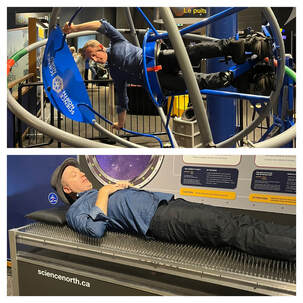 A few days later - luggage successfully retrieved after being lost in-transit between Tahiti, Los Angeles and Vancouver - I took my second red-eye of the week to catch an early morning flight from Toronto to Sudbury. The last time I was in the Big Nickel was for a book tour in 2013, when I spoke at the local Chapters bookshop. This time I had arrived to deliver a closing keynote at the Travel Media Association of Canada’s Annual Conference, which gathered over 200 of the country’s top travel writers, PR pros, influ..content creators, destination marketing organizations, and other professionals that make the business of travel media tick. It’s one of the few opportunities my profession has for stories to be told and sold, for connections to be forged, and destinations to be discovered. Workshops and panels inspire professional and personal development, and this year’s host city of Sudbury put on a show for our travelling circus. Still bombed from the red-eye, I could have fallen asleep on the bed of nails inside the excellent and interactive Science North centre (a few minutes in the gyroscope woke me up and turned me green). An outstanding meal at the highly-rated Kouzzina was the first time I’ve had my appetite for carpaccio truly satiated. The event was an opportunity to reconnect with colleagues I haven’t seen since the pandemic, all of us bearing a few scars of that fever dream. It was an opportunity to chat about our industry, to learn, to gossip, to grow, and to plan the adventures you’ll be hearing about in the future. It was also an opportunity to taste fine Irish Whiskey (courtesy Tourism Ireland) and participate in the best karaoke party this side of Osaka. Sabrina Robson of Destination BC belts a version of Amy Winehouse’s Valerie that kicked up a storm and left the veteran karaoke DJ speechless. I did my part with perhaps the best karaoke performance of my career: Home for a Rest by Spirit of the West was simply the right song, delivered at the right time, for the right crowd. My closing keynote addressed the past, present and future of travel media. I told everyone that we’ve been at the crossroads of change for so long I’m surprised nobody’s opened up a hotel resort at the intersection to take advantage of it. I looked back to the remote and recent past, discussing the transformations of mediums, the growth of tourism, overtourism, and the challenges and opportunities awaiting us around the corner. Stitched throughout was my own journey, discovering how to travel as an awkward teenager (Lawless Rebel!), learning how the media works as a student, and how I used curiosity to recognize potential. My goal was to celebrate our unique profession, and celebrate our good fortune to live and work in Canada. Receiving a standing ovation from my peers, colleagues and friends was truly humbling, making Sudbury yet another trip I’ll remember for a lifetime. Proving yet again: a bucket list experience is only as special as the people you share it with.
Canadians know that any country sitting in the shadow of a more popular neighbour is often overlooked. Spare a thought for Slovenia, that small nation in Central Europe within sight – quite literally – of Italy, Austria, Hungary and Croatia. While international visitors to Europe might beeline to nearby Venice or Milan, Salzburg, Budapest or even Zagreb, many would be hard pressed to locate Ljubljana on the map, much less be able to pronounce it. Slovenia lacks the attention of its more famous neighbours, but discovering its historical capital, frosted peaks, glimmering lakes and lush countryside, it’s clear this modest nation can compete with all of them. With its central location and abundant natural beauty, Slovenia was considered a prize territory for the conquering armies of Rome, Austria-Hungary, Croatia, Germany, Serbia, Italy, and finally, the Communists who incorporated it into Yugoslavia. Claiming its independence with an impressive lack of political turmoil in 1991, Slovenia officially joined the European Union in 2004, adopting the euro but keeping its identity intact. The nation of two million people has quietly got on with the business of becoming one of the most prosperous, stable, and successful of all the post-Soviet states. It frequently ranks among Europe’s best economies, scores big in lifestyle indexes, and it really wants you to not confuse it with Slovakia, a different (and take it from me, less impressive) country altogether. As I wander the streets and canals of old Ljubljana (say it with me: Yoo-bli-yana), I’m reminded of Copenhagen, Stockholm and Budapest. Yet Ljubljana feels cleaner and more civilized than those capitals, immaculately maintained with arty cafes, old world architecture, copper Church steeples, ample bike lanes and manicured parks. Locals roam about, stylishly dressed in that casual, modern European manner of looking fantastic without much effort. I take care not to trip on the city’s polished cobblestone for fear of cutting myself on those striking Slavic cheekbones. Students bike across the Games of Thrones-ish Dragon Bridge and distinctive Triple Bridge, the public art is impressive, and even the urban graffiti is tasteful. Overlooked by the 900-year-old Ljubljana Castle, the capital is a template for any great European capital, with half the tourists. I expect to find more visitor’s at Slovenia’s premier tourist attraction, historic Lake Bled. Sitting at the foothills of the towering Julian Alps, you might have seen images of the lake on screensavers or Instagram or any platform hoping to illicit a ‘wow, where the hell is that?’ response. It had taken me less than an hour to drive the smooth highway from Ljubljana, and ‘WOW’ got cap-locked when Lake Bled came into view. Framed by mountains and thick forest, the placid, emerald-coloured water has a small island in the centre with a notable European landmark. The gothic Church of Mary the Queen was first consecrated in the twelfth century, and restored to its current state in the seventeenth century. “Europe,” as Eddie Izzard remarks, “where History comes from.” Long before the island became a site of Christian pilgrimage, it was a cult centre for Slavs to worship the Goddess of Love and Fertility. Fittingly, couples flock from around Europe for destination weddings in one of several grand lakeside hotels, the remains of former royal palaces. Tradition holds that grooms must carry their bride up ninety-nine steps to the chapel, and ring the famous bell three times for good luck. Judging by the strain I see on the flummoxed faces of several men, carrying anyone up ninety-nine steep steps and then ringing a heavy bell is more difficult than it appears. The rest of us will just fall in love with the warm, azure water, four-hundred-year-old rowboat transportation (called pletnas), lovely ambiance and a location so striking you’d think it had been airbrushed onto the cover of a romance novel.
Visitors to Slovenia often complain they should have allotted more time. More time to explore the notably affordable all-season mountain resorts. More time to hike, fish, bike, raft, and enjoy the country’s abundant outdoor splendor. More time to visit Lipica, the ‘cradle of the race’ of the unicorn-white Lipizzaner horse that have dazzled dressage events for centuries. More time for show caves, the world’s deepest underground canyon, the robber-thief Predjama Castle, or visits to old churches and abbeys. The country is compact and easy to get around, English is widely spoken, and the local cuisine draws heavily on the best traditions of its neighbours: outstanding beer influenced by Hungary; pizza, gelato and coffee by Italy; schnitzels and pastries by Austria.
Yes, we know all about living in the rain shadow of a more famous country that soaks up the world’s attention. This is why Canadians will particularly appreciate that quiet, overlooked and underrated Slovenia might just be the most enticing country in all of Europe – east, west, and otherwise. We’re just minutes into the rally, and I’m clutching onto some key advice:
Dave, my rally Obi-Wan, is a case in point. A successful businessman living in West Vancouver, he’s the owner of over a dozen classic cars, including a pre-war Bentley and Rolls Royce. That’s pre-World War 1. A 20-year rally veteran, Dave’s run the Peking to Paris (twice), along with rallies in Australia, New Zealand and Europe. For this year’s Northwest Classic, open to pre-1981 collector cars, Dave’s selected his reliable 356 Porsche. He explains it will allow him to focus on the race, as opposed to keeping the car going. Race is not exactly the right word. It’s more like a Sunday drive, with two hundred good friends, and a purpose. Crawling along the I5 to Portland, Dave gives me the basics of time-speed-distance rallying. Drivers and navigators are given instructions that must be followed to the letter, and to the second. Each car is spaced one minute apart, driving at suggested speeds to enable us to reach, say, a particular stop sign in exactly 2:43 seconds, or a right turn at 7:29. Teams calibrate their odometers, and must factor traffic and rally rules. We never exceed the speed limit, unless we’re running late, in which case, well, these are classic sport cars. The Rally Master adds traps designed to bamboozle even the most alert navigator, steering us off course, resulting in time penalties or lost minutes. Each day might feature up to 10 stages, comprised of a start, finish, and time check by a team of volunteer marshals hidden somewhere along the route. Dave warns me that it doesn’t help to follow the car in front of us. They could just as easily lead us off a cliff as to the next checkpoint. As a virgin navigator, I am determined not to let my driver down. Dave’s wife, who normally takes the navigator role, has already warned me: “whatever is said in the car doesn’t count.” Things can get heated when the pressure is on, and a slight navigator omission can send our car rallying down the rankings. There’s even a tongue-in-cheek award, the Flying Clipboard, for the team most notably cracking at the seams. Still, don’t hold your breath waiting for road rage. Vintage rallies are first and foremost about the cars, the driving, and the community it brings together. Owners come from all walks of life, taking pride in their aging Alpha Romeos, MG’s, Fords, Mercs, Saabs, Porches and other models. The average car at the race might cost around $30K - $50K, but there are some standouts, like a 1963 AC Cobra, worth a cool half a million dollars. Laurie and Verna Fraser from Langley own a dozen collector cars. “I got my first MG at 21 years old, and it was all downhill from there,” explains Laurie. Vintage cars sound like an addiction. Another racer from Coquitlam tells me there are two events he would never miss: The Northwest Classic, and BC’s Spring Thaw. He speaks of them with the reverence of a family Christmas. I’ve nicknamed Dave’s Porsche ‘The Silver Bullet’ because its classic, capsule-shaped, and could probably kill a werewolf. With a 1600cc engine with 90 horsepower, it’s no speed demon, but that’s why Dave likes it. It’s not about getting from A to B on an air-conditioned cloud. The Porsche has no computers, plush leather, or cruise control. We sit low to the ground, on worn leather, feeling the growl of the engine. 50 mph never felt so cool. As we scoot around Oregon’s coastal farm roads, I tick off checkpoints, calculate our times, watching out for traps. I’ve had to familiarize myself with rally terminology: CAST: Change Average Speed To. SAP: Straight as Possible. ITIS: If There Is Such. At the close of the first day, we’ve lost just 2 minutes off the pace, placing 16th out of a field of 113. I’m a rally virgin kicking butt, but nobody is too impressed. “Last year, we got totally lost,” laughs one competitor. “It was great! You just can’t take it too seriously.” During stage 6 on the final day, Dave repeats these words when I confuse an ONTO/TOWARD instruction and lead us straight into a trap. He remains supernaturally zen about my screw-up, even as we slip down the rankings to finish 31st overall. At least we didn’t receive The Hook, awarded to the car that needs a tow truck. That honour belongs to another Porsche 356, not quite as reliable as our Silver Bullet. The Northwest Classic is just one of dozens of rallies that take place around the continent, drawing collectors, enthusiasts, and members of various motor clubs. Some are competitive, others more social. When we line up our cars – on a downtown street or stage meeting lot – crowds gather to ogle at rows of spit-polished cars on display. Owners get an obvious buzz showing off their pride and joy, and might even barter for new acquisitions. War stories are traded, from those that have braved the gruelling frozen roads of the legendary ALCAN 5000, to the pot-holed corruption of South American rallies. Road trips have always been one the best ways to see a country, especially in your favourite car. You’ll definitely find yourself on roads less travelled.
I notice that many teams are husband/wife couples, or retirees enjoying the good-life adventure. “We’re all growing old,” says Dave, “together with our cars”. Younger drivers are definitely welcome, so long as they have a qualifying car and a driver’s license. Rally entrance fees range from the low hundreds to the thousands, so you don’t have to be a millionaire to participate, or even a competitor. Many rallies now have touring groups with no rules or time trials. Dave lets me take the wheel on our long drive back to Vancouver. This time, we’re taking the longer, scenic route to avoid the traffic on the highway. The Porsche hums along the coast, reflecting tree tunnels, turning heads. There’s no power steering, no air con, and no CD Player to distract me from the act of driving itself. Classic cars are all about the experience, much like the rally events that bring them together. 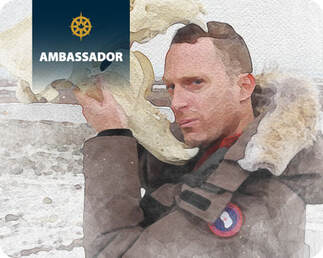 Wouldn't it be fun to go on a bucket list adventure with some of Canada's top photographers, explorers and travel journalists? Yes, it would. I'm delighted to become a Royal Canadian Geographic Travel Ambassador, continuing the great work of this illustrious society to promote the natural and cultural wonders of Canada. This means I'll be hosting select, exclusive trips that tick my own storytelling and adventure boxes, and belong on anyone's Canadian Bucket List as well. Working with fantastic companies and brilliant guides, I'll be enhancing your experience with stories, advice, support, a bucket list presentation, and the knowledge you're indeed enjoying a once-in-a-lifetime adventure. August 23 - 30, 2022: Prince Edward Islands Culinary Delights by Bike Cycling across PEI is pure bucket list: incredible scenery, spectacular coastline, literary and Indigenous history, and the best seafood on the planet. Foodies and adventurer's rejoice! This amazing itinerary combines it all together, as our bags are shuttled ahead to lovely inns and lodges, and our carefully curated itinerary delivers the best experiences on the island. The terrain is mostly flat, and you can even choose to do this week-long trip on an e-bike. I've been working with Ottawa-based Great Canadian Trails for years, and they've perfected the art of a quality, bucket list outdoor Canadian experience. It's going to a blast, culminating with a stay, farm tour and feast at rockstar Chef Micheal Smith's countryside inn. Click here for information, and bring an appetite! August 24 - 30 / August 31 - September 4, 2023: Discovering Banff by Horseback Discovering one of the world's most spectacular alpine landscapes on a 6-day horse ride, staying in luxury yet rustic backcountry lodges, sharing wild stories with fine wine by the crackling fireplace, SIGN ME UP! They did, which is why I'll be hosting two trips in partnership with the fantastic Banff Trail Riders. We'll be riding along a historic pack trail and up Allenby Pass, crossing jagged rock formations and hitting altitudes above 8000 feet. Mountain air, bubbling rivers, wildflowers, soaring peaks, and a great chance t encounter wildlife along the way. Let's tick this one off the bucket list together. Click here for more information and giddy up! Can Geo Adventures are working with fantastic tour operators and other fine Travel Ambassadors to showcase the very best adventures across the country. Check them out, and I hope to see you on the road! It’s been too many years since my last gift guide, which gathered an eclectic collection of travel-ish products I thought were interesting, helpful, appreciated, unique, or fun. What do you give to someone who has everything? For starters, you can remind them how lucky they are. You might consider an experience (memories tend to stick around much longer than products). If that doesn’t work, maybe something on the list below will work. A list that includes fire, feet, fun, and something for your butt, because that's how my Gift Guides roll... Note: In some cases below, it made sense to link to Amazon, which includes an affiliation link to support my on-going and stubborn travel habit that I just can’t seem to kick. Solo Stove Backyard Fire Pit (Ranger + Stand) Here’s a fact: You can’t roast marshmallows over a propane fire pit. Well, you can, they just taste like propane, which isn’t very nice at all. Propane fire-pits might be convenient, but it also lacks the crackle and pop of wood, those five senses of a real fire. It’s also a pain to carry around. All of which makes the stainless-steel Solo Stove so appealing. It takes seconds to set up, holds (and with clever air-flow design) sustains a lovely fire, and its base ensures no damage or scorch marks to grass, wood or any outdoor surface beneath it. Sitting about knee high, the Solo Stove has a metal net option to trap any unwanted embers, and burns way less smoke than your typical fire put. Once you’re done and the ranger has cooled down, simply tip the pit over and feed your plants with fine ash. All of which makes for an instant, easy-to-use fine looking fire pit, and s’mores that don’t taste like a gas tank. From: $299 Link: https://ca.solostove.com/fire-pits/fire-pit-stand-bundles/ Brutrek BaseCamp Travel Press Coffee was a contentious issue camping this summer. We obviously needed a good cup to get us going in the morning, but it takes time to do coffee properly, and instant coffee is well, instant coffee. Introducing a clever travelling press that lets you enjoy your favourite beans, without worrying about smashing glass, or the black gold losing its steam. The sturdy, double-walled, insulated stainless steel body is topped by a spill-proof, leak-proof lid with a press that keeps the ground beans firmly at the bottom and avoids overcooking the brew. Available in two sizes, it’s an easy clean-up, and a trusty companion on long hikes too. From $100 including shipping Link: https://planetarydesign.com/product/basecamp-french-press/ Keen Tempo Flex Waterproof I live in a coastal rainforest masquerading as a city. Vancouver is wet, and waterproof shoes are a must. Trainers and runners are fine for rare sunny days, but soaking my cold wet feet in cold wet socks is an experience I’d rather avoid. Keen’s light Tempo Flex waterproof running/hiking/walking hybrids have a speed-lace, slip-on fit, high traction rubber sole, and importantly, don’t look like a baboon’s butt on your feet. They aren’t as wide as Keen’s usual hikers though, but will definitely cut it for urban wear, day hikes or trail running. Most importantly, they keep feet dry. I just checked the weather: solid rain for the next 7 days. Guess there’s only one pair of shoes I’ll be wearing then. Available for Men and Women. Link: https://www.keenfootwear.com/ From: $180 Sigvaris Travel Compression Socks Here’s a couple travel tips that will forever change your experience on long haul flights. Firstly: stay away from tomato juice. It’s loaded with sodium, and in the compressed cabin at altitude, it will have your feet swelling up like helium balloons. I only used to drink tomato juice on planes figuring it must be good for you, but a well-versed flight attendant informed it’s the opposite. Stay off the salt! Secondly: slip on a pair of compression socks, which dramatically improves blood circulation to your legs and feet. The result are feet and limbs that feel fresh, rested, and ready to go just as soon as you arrive. Sigvaris Compression socks come in a variety of pattern, styles and fabrics, and will become your new essential travel companion. Link: https://www.sigvaris.com/en-ca/shop/experience/travel From: $40 Fix n Zip You have a perfectly fine daypack, backpack, sleeping bag or tent. More than perfectly fine. You’ve broken the mustang in, made it home, figured out every compartment, worked out the nooks and crannies. Then the zipper slider breaks, because that’s what zippers eventually do. You might repair it with a zip tie, and now you have a really ugly piece of equipment. You might call a tailor shop who will charge you more to repair the thing than it’s worth. Or you can take this handy little gadget that slots over the slider, thumbscrews in, and voila, instant repair. No thread, no needle, no tools, no fuss. Fix n Zip is made out of durable nickel and works on plastic and metal zippers. You can unscrew it and use it on multiple zips, and it might just save your dress or clothing too. Simple, effective, and adding a few more years to my old trusty backpack. Link: https://www.fixnzip.com/ From: $10 PackStack When it comes to backpacking, packing remains one of the biggest pains in the, well, back. We tend to take too much, use too little, and spend way too much time squeezing and shoving in our stuff when it’s time to pack up. Top-down packs are particularly difficult to get organized. PackStack is a simple system of stackable water or weatherproof compartments where everything can finally have its place. There’s a top handle to pull everything out, and its crescent shape naturally take care of dead space in your backpack. Compartments can separate toiletries from electronics, food from clothing, and it naturally stacks within itself once you’re done. Link: https://www.hillsound.ca/products/packstack From: $25 Luxe Bidet Here’s one you can’t take this one with you (unless you install it in an RV or caravan). Trust me, once you bidet, it’s hard to go back. There’s something intrinsically refreshing about having a washed derriere (as many Eastern cultures know only too well). There’s quite a few of these gadgets on the market. I found Luxe Bidet to be affordable, easy to install, and great to deal with too. At just $50, it’s easily my most gifted item of 2021, although everyone I gifted it too didn’t think they needed such a thing – seriously Esrock, what the hell?! Then they installed it, tried it, and now they thank me. What gave me the idea for a bidet? Well, my bestselling Bucket List books have always made great toilet reads. Link: https://amzn.to/2Zoienn From: $50 How to Invent Everything by Ryan North
I used to think I was the only one worried what might happen if a solar storm wiped out electricity, or the internet went down forever, or humanity suddenly reverted back to the Stone Age. How do things actually work? How does the average person save thousands of years of invention without having to figure everything out… again? Using the construct of a stranded time traveller, Ryan North takes on, well… everything we’ve ever invented, and explains how to recreate it using only the basic elements available to someone stranded thousands of years ago. Short, punchy chapters with illustrations teach us how to build kerns and ploughs, art and engineering. The breadth and research of this book makes it, literally, the only manual that needs to survive Armageddon to give humanity some hope of returning to civilization. In the process, you’ll learn tons about history, philosophy, the environment, engineering, the stars, and just about everything North focused his unflinching and impressive curiosity on. Link: https://amzn.to/3vHOFt3 Costs: $20 You might also be a fan of the late author Douglas Adams, who wrote Hitchhikers Guide to the Galaxy, Dirk Gently’s Holistic Detective Agency and the genius dictionary of made-up words, the Meaning of Liff. In 1992, he wrote a book called Last Chance to See, a travelogue about his journey to visit animals on the verge of extinction. Although the book has dated (some rare creatures have now completely vanished), I’m struck at how ahead of his time Douglas Adams was. Not only did he give us the meaning of life (the number 42, in case you forgot), but he foresaw the sad reality that a modern bucket list is not so much about doing something before you die, but before it disappears. I write these words in the midst of a second unprecedented heat wave in a normally mild British Columbia summer. The first claimed over 500 lives in just three days, a staggering number that’s largely slipped under the flood of the 24-Covid news cycle. Meanwhile hundreds of wildfires are burning in the interior, smoking our skies sepia, evacuating thousands of people and torching the entire town of Lytton, a popular destination for river rafting. Scientists estimate over a billion marine animals cooked in the first heatwave, and more are undoubtably boiling in their shells this weekend as the temperature and humidex approach the mid 40°Cs. Climate change has come home to roost, and techno-evangelism (technology will save us!) suddenly rings a little hollow for Pacific Island nations soon be underwater, communities going up in flames, loved ones burying their dead or biodiversity battered by urban encroachment, poaching and agriculture. I know you come here for good news, but since I’m a pragmatic optimist, we have to accept that the near and far future will suffer increasingly extreme weather events, causing unparalleled environmental, financial and cultural devastation. All I can hope is that this finds you in a safe and stable nation with enough progressive foresight and resources to prepare for this eventuality. All I can hope is that my bucket list books do not become works of history – much like Last Chance to See - a review of destinations that also no longer exist. Unfortunately, not much has been gained in thirty years since Douglas Adams sounded his convincing warning bell, and so much has been lost. My new ‘Bucket Listed’ column for Canadian Geographic Travel combines commentary with my travel recommendations. Each column is short and punchy and well worth reading, especially my second column about Indigenous tourism. My joyous and poignant Celebration of Canada column was sunk by the sombre nature of this year’s Canada Day, which coincided with horrific discoveries of residential school graves, sparking outrage at the nation and Catholic church’s complicity in an obvious attempt at cultural genocide. It’s a heavy topic for non-Indigenous Canadians to grasp, which is why I highly recommend reading Peace Pipe Dreams: The Truth about Lies about Indians which uses a lighter touch to help us understand the many challenges and injustices that Indigenous communities face today. Next, I explored risk tolerance with a column entitled: Is it Safe to Travel Again? before jumping into practical tips for planning bucket list road trips and revealing some of my favourite, less-known experiences in every province. Speaking of road-trips, I recently returned from a little adventure of Vancouver Island with the kids, ticking off some must-do experiences along the way. The new Malahat Skywalk was spectacular, with a few unexpected offerings (like a slide, boardwalk and adventure net) to elevate the experience well above just another roadside attraction. I’ve long heard about caving on Vancouver Island, so I’m a little shocked it took me so long to get to the Horne Lake Caves. I just assumed they were typical show-caves, but it’s more aligned with my best spelunking adventures abroad: hardhats, overalls, scrambling, twisting, ducking and climbing. Letting the kids hammer away for fossils under the guidance of an enthusiastic and experienced dinosaur museum curator was a stroke of genius, and we finished off at a fun camping festival in a forest near Courtenay. After 60 days of no rain, the heavens opened up and drowned us with the heaviest rainfall in years, soaking the thirsty fields and farms, and maintaining my 85% record of a mud-soaked fiesta whenever I camp at a festival. The Canadian government should just drop me off with a tent, a band and a DJ in the country’s most drought-impacted regions: statistical probability will take care of the rest. You can read about my Vancouver Island road-trip in my latest post on the newly relaunched www.canadianbucketlist.com Finally, I want to give a shout-out to the team at Great Canadian Trails, who are also passionate about remarkable Canadian outdoor adventures. You don’t need to be a hardcore backcountry explorer, cyclist, hiker, or paddler to experience the joys of a true bucket list adventure. GCT offer guided and self-guided tours that take care of all the logistics and make these kind of adventures far more achievable, accessible and enjoyable than you’d ever expect. We’ve been working together for years, they’re great people, and I’m thrilled they’ve managed to endure the challenges of Covid to emerge even more determined to help me build your lifetime highlight reel.
|
Greetings.
Please come in. Mahalo for removing your shoes. After many years running a behemoth of a blog called Modern Gonzo, I've decided to a: publish a book or eight, and b: make my stories more digestible, relevant, and deserving of your battered attention. Here you will find some of my adventures to over 100 countries, travel tips and advice, rantings, ravings, commentary, observations and ongoing adventures. Previously...
July 2024
Categories
All
|

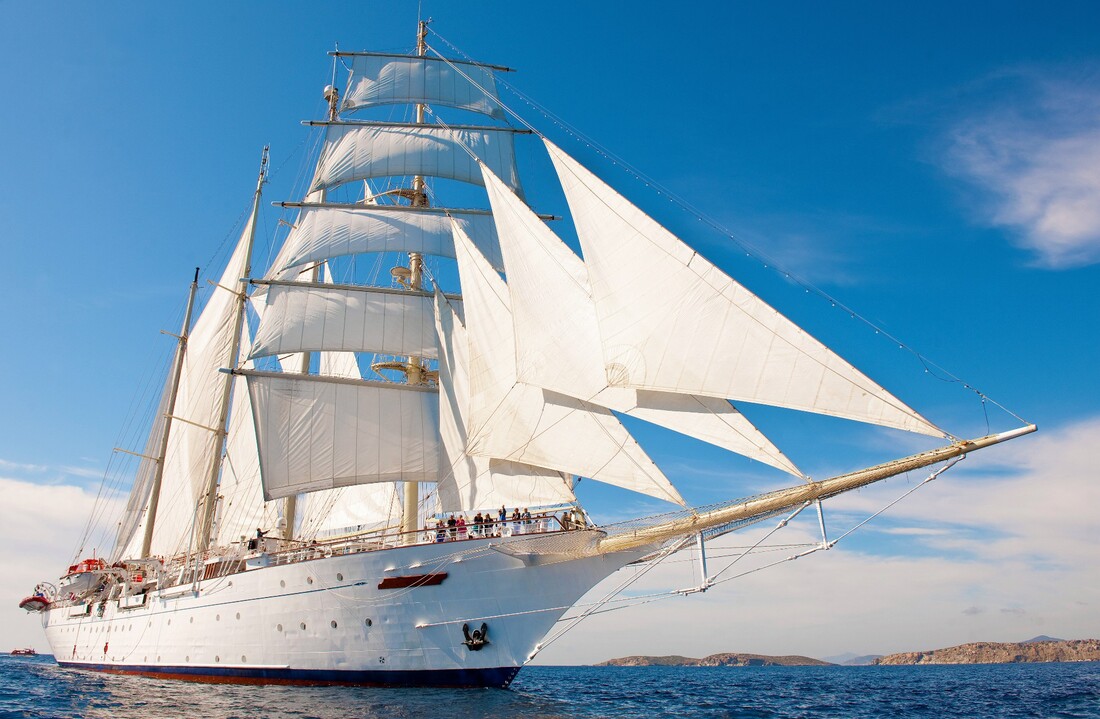
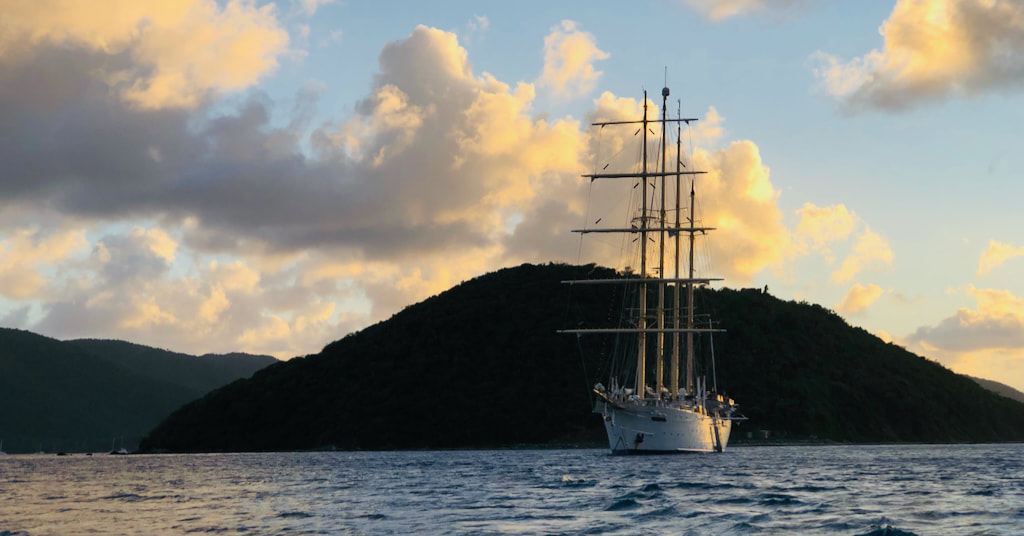
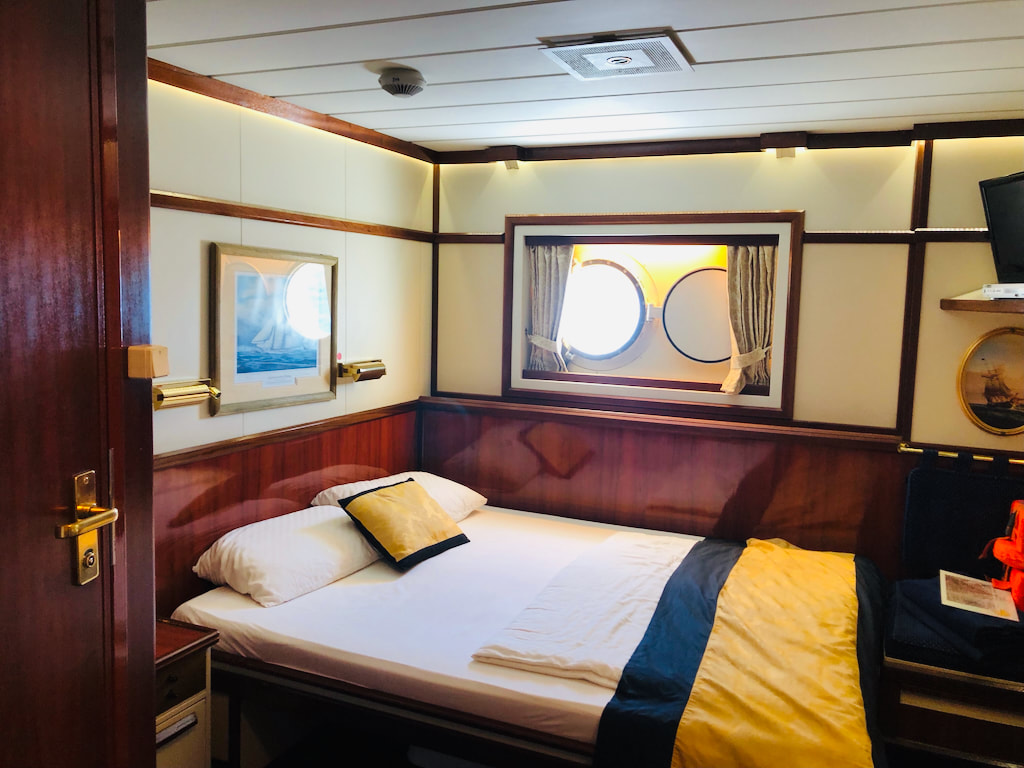
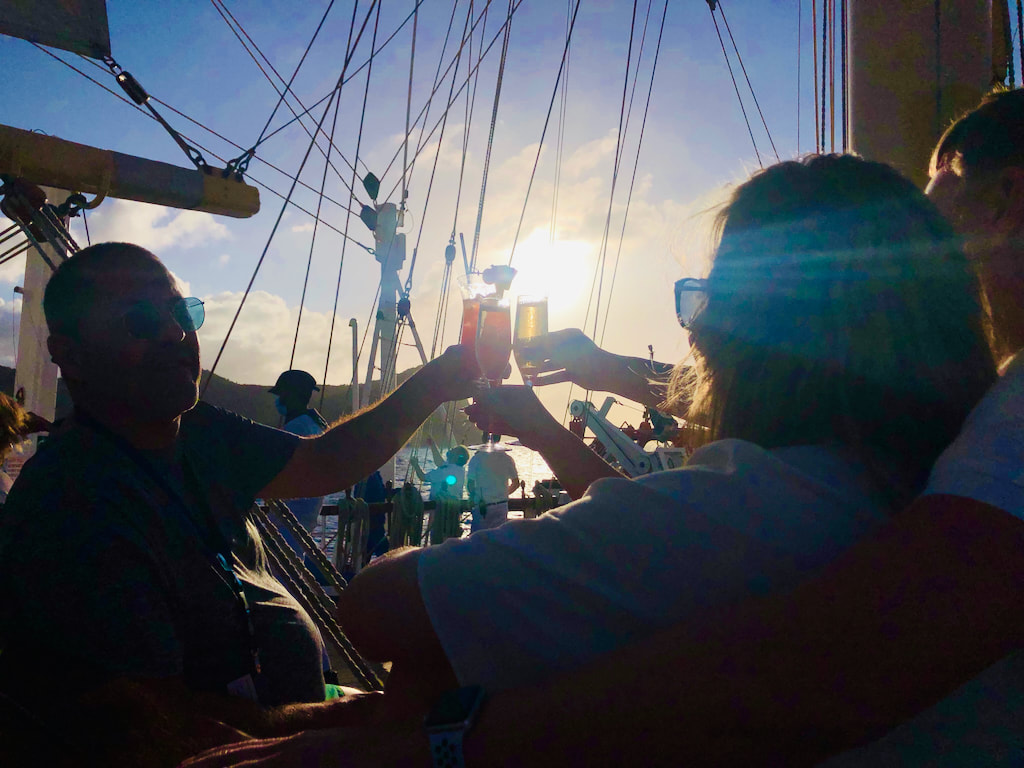
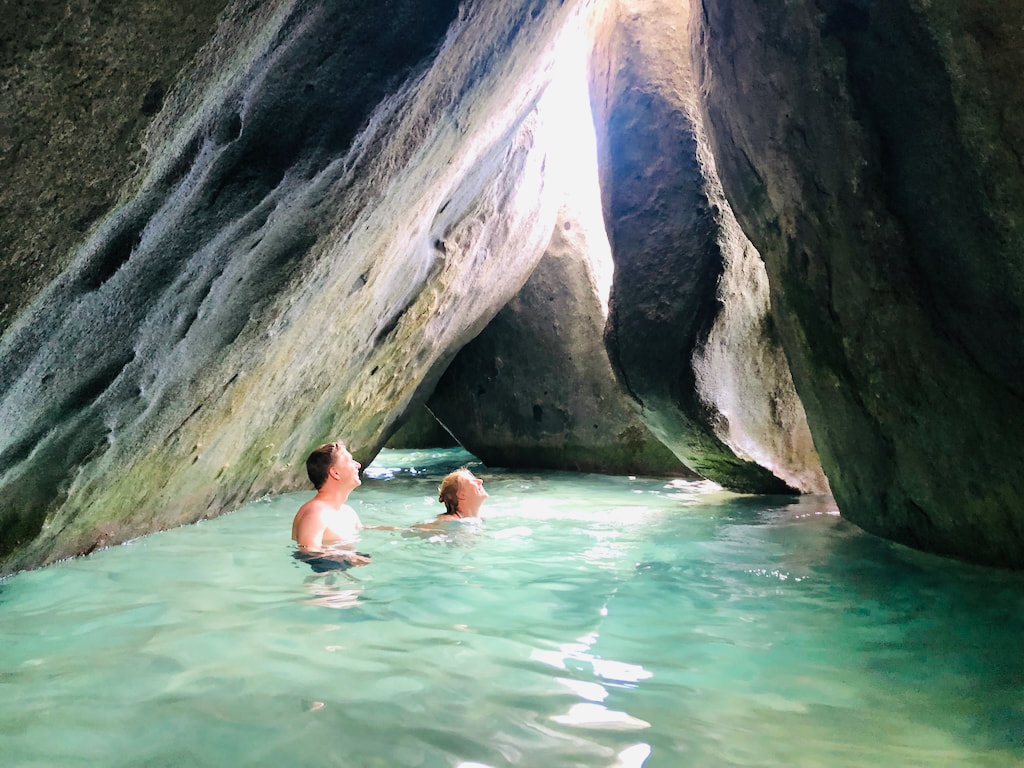
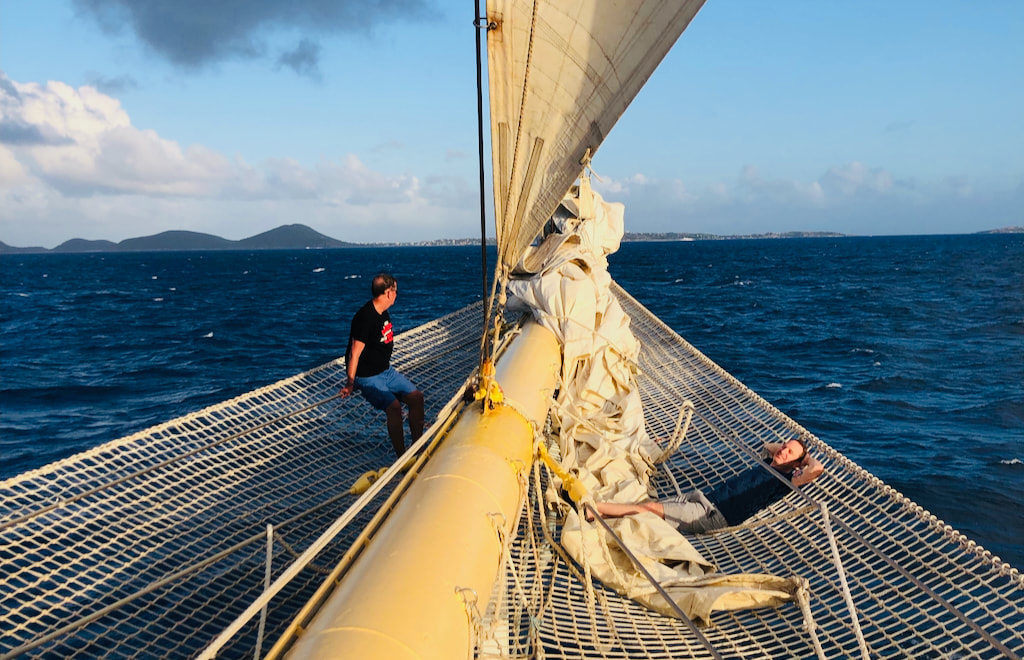
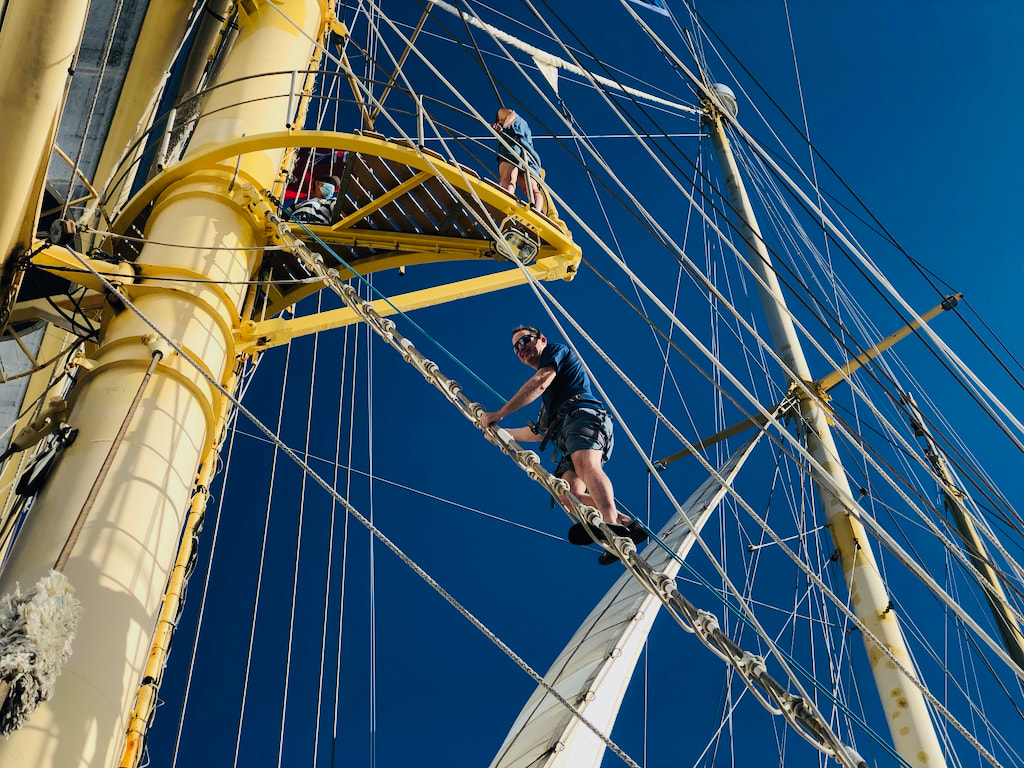
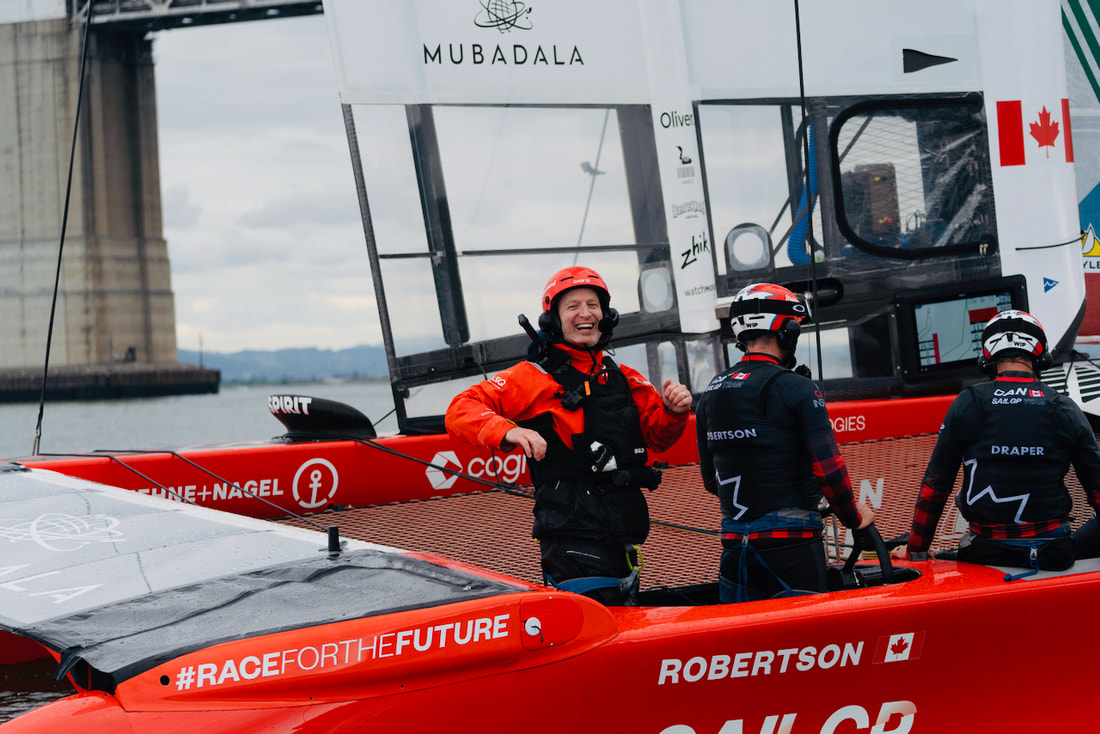
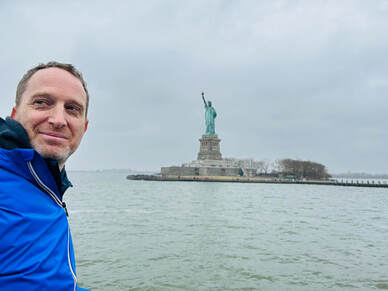
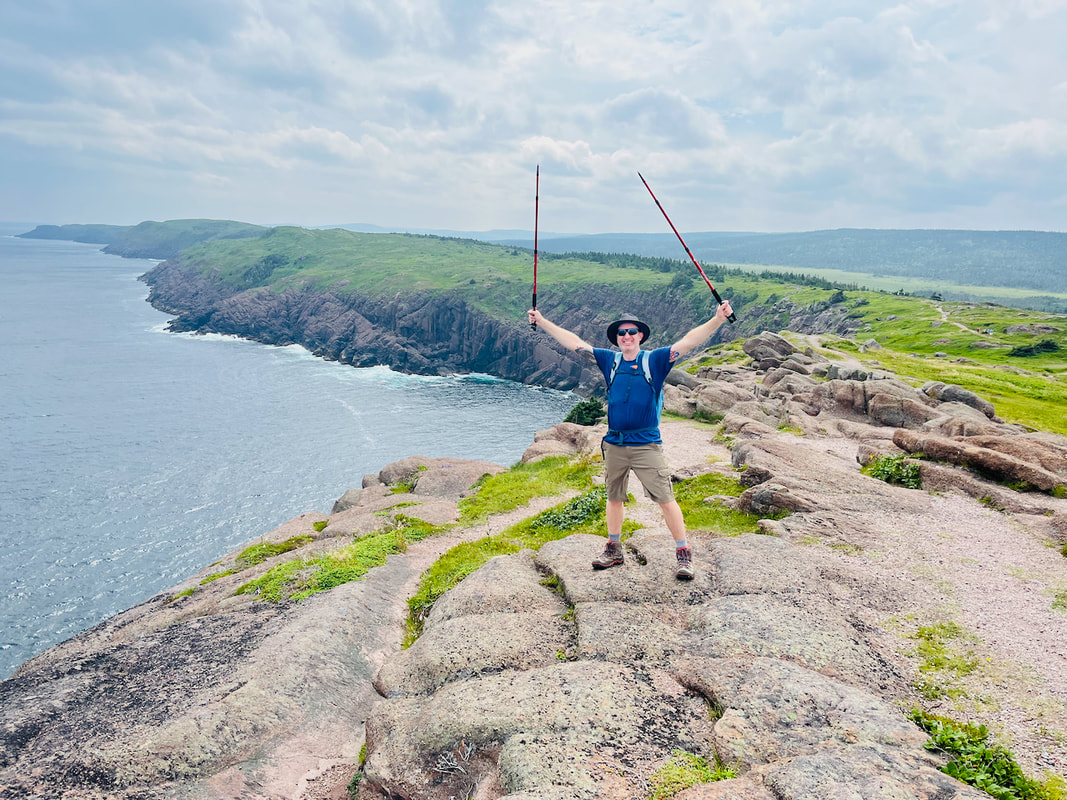
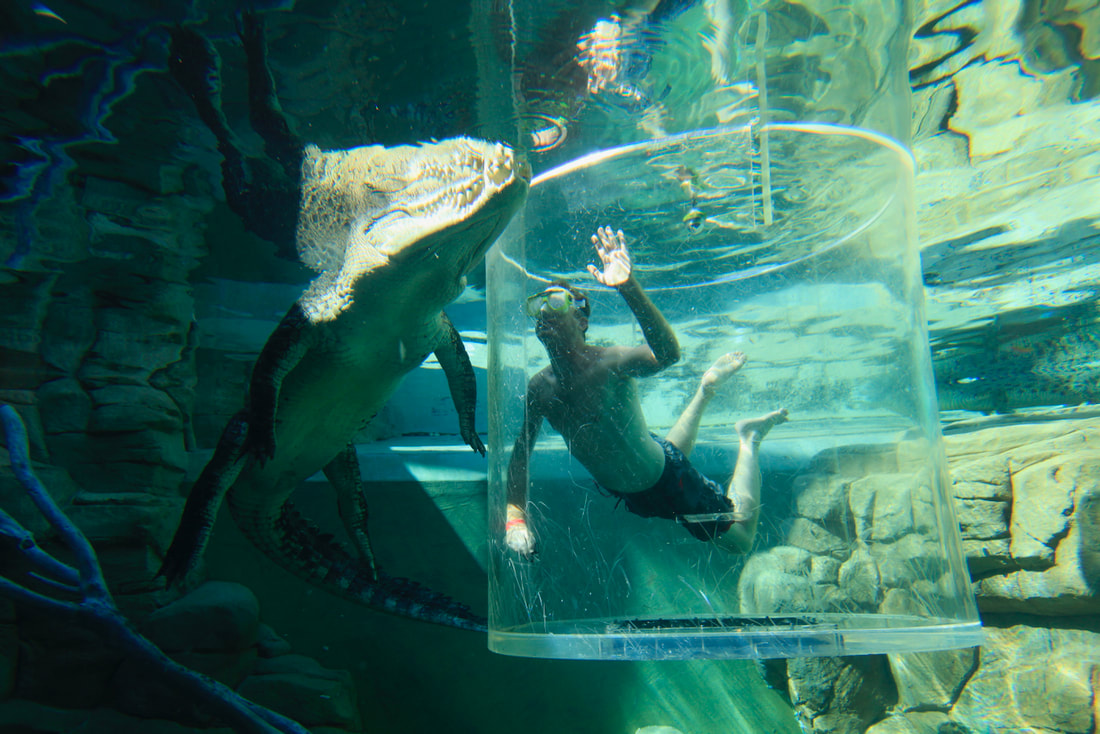
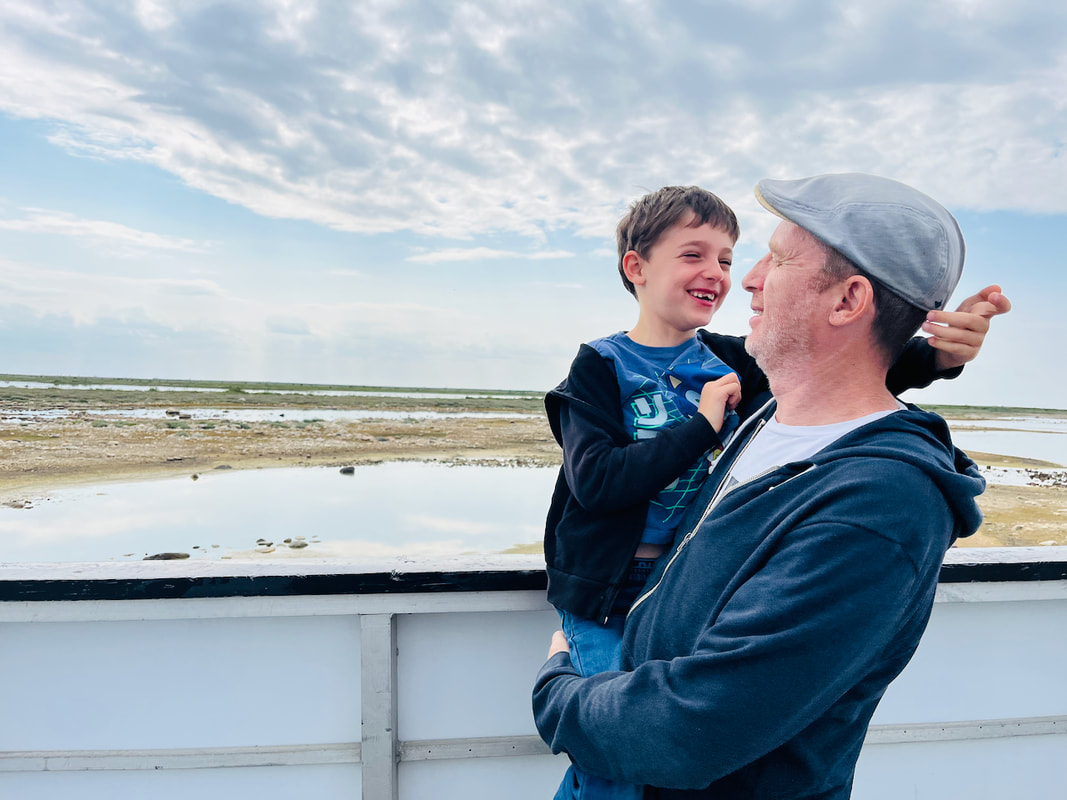
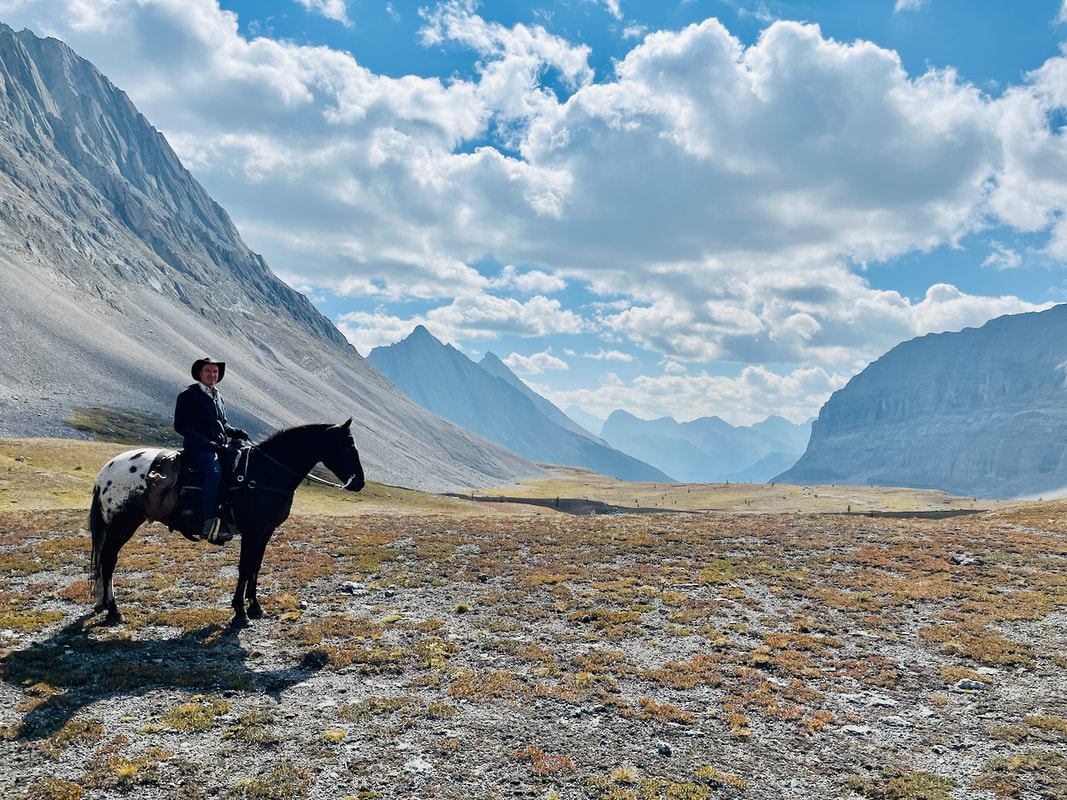
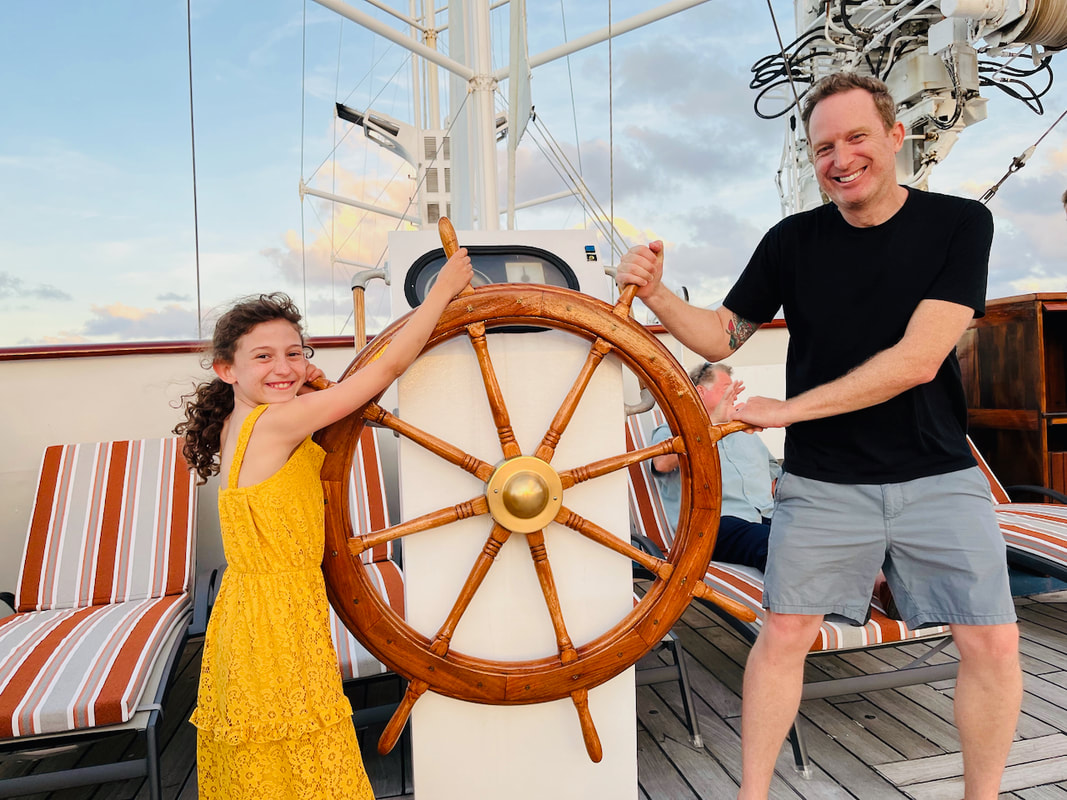
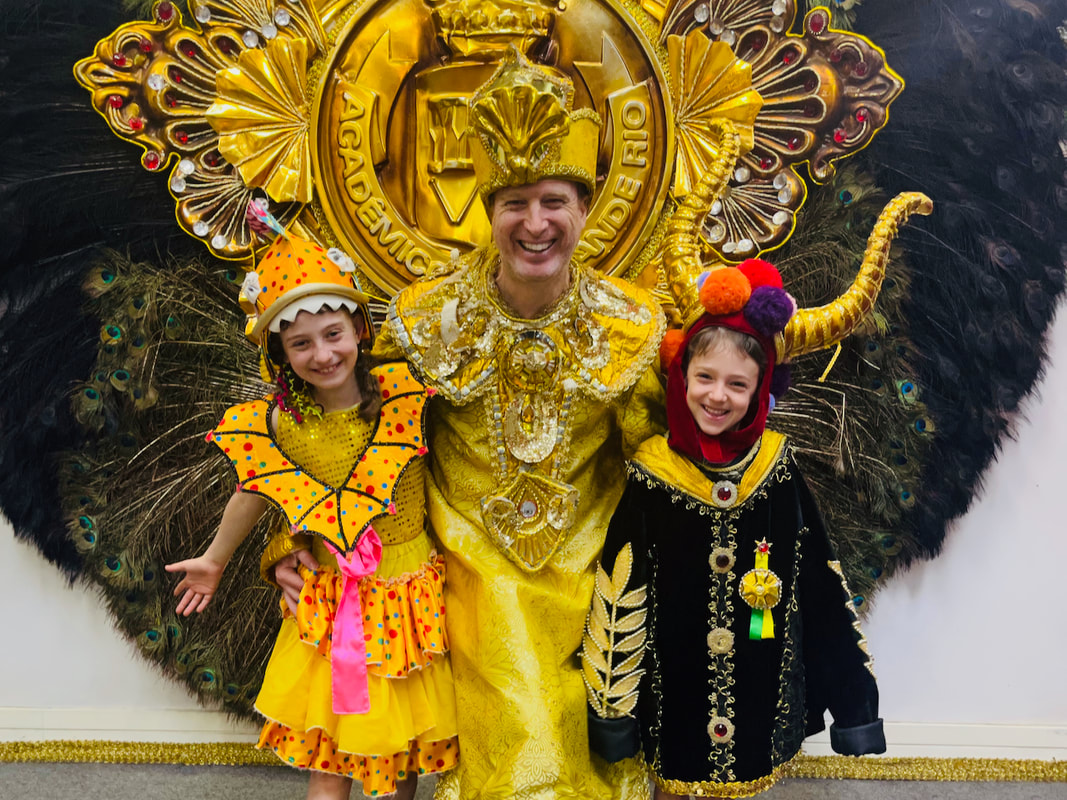
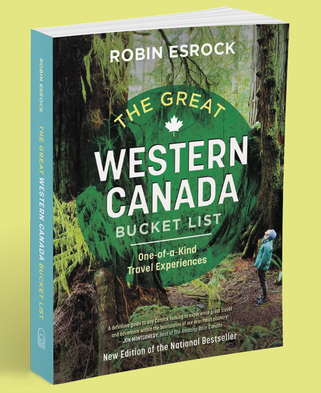
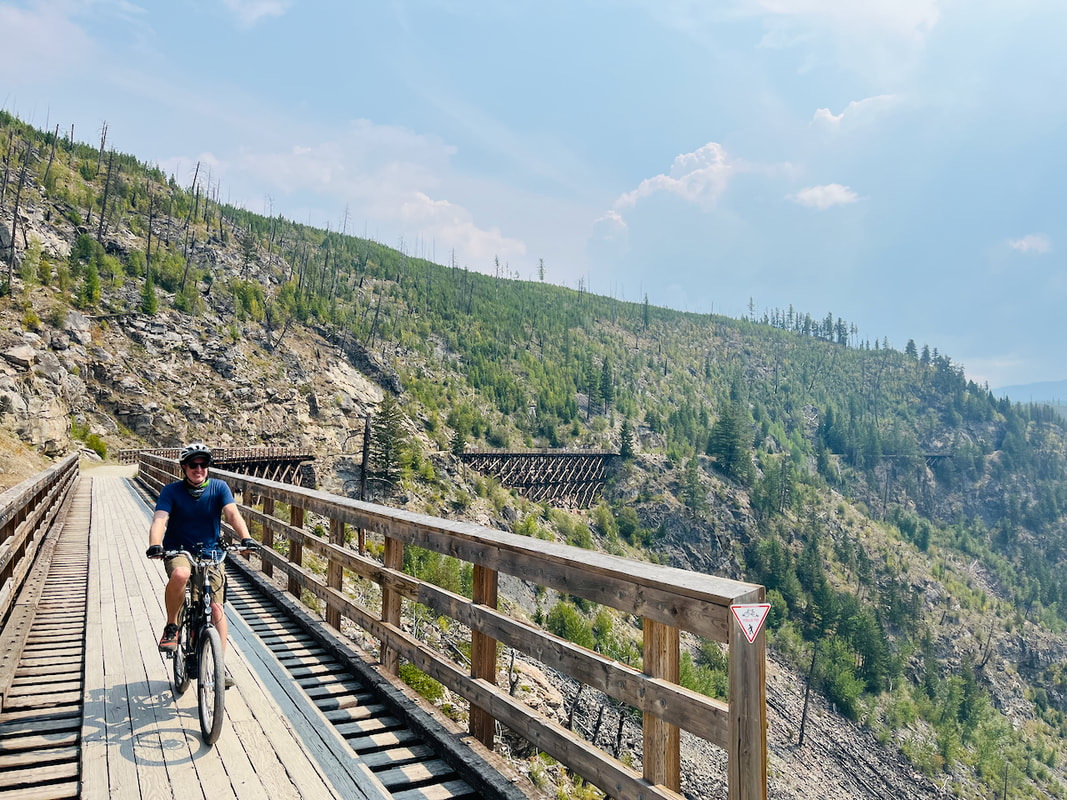

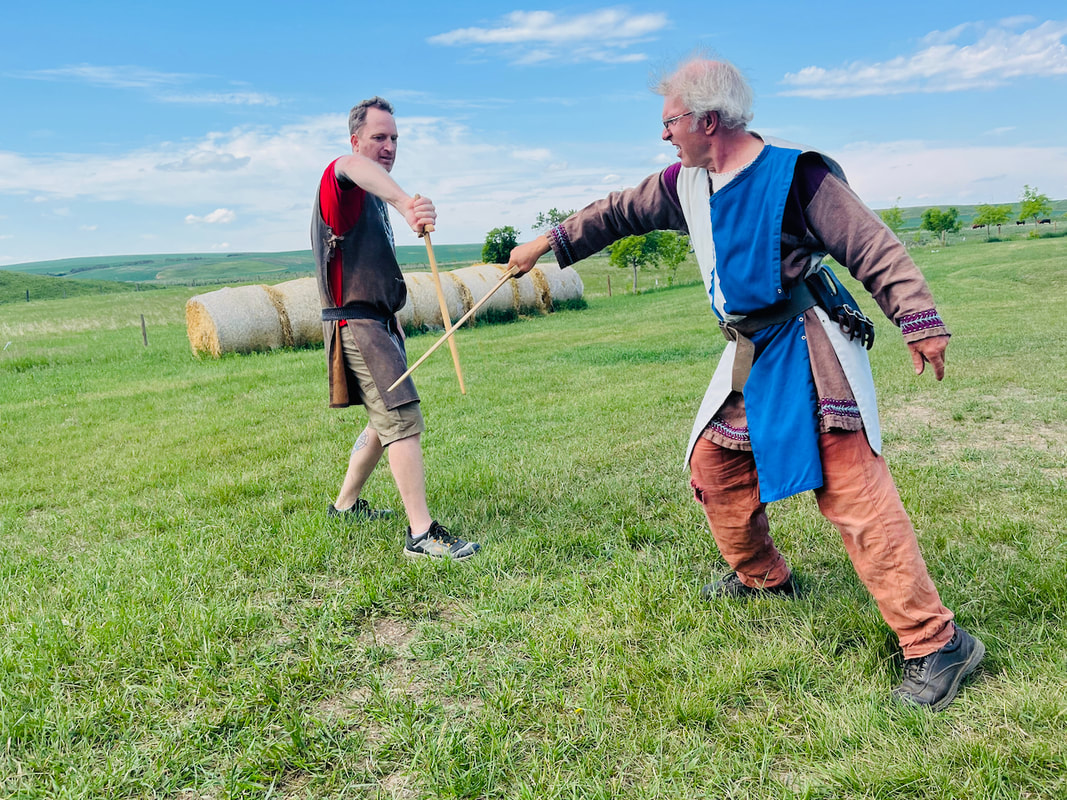
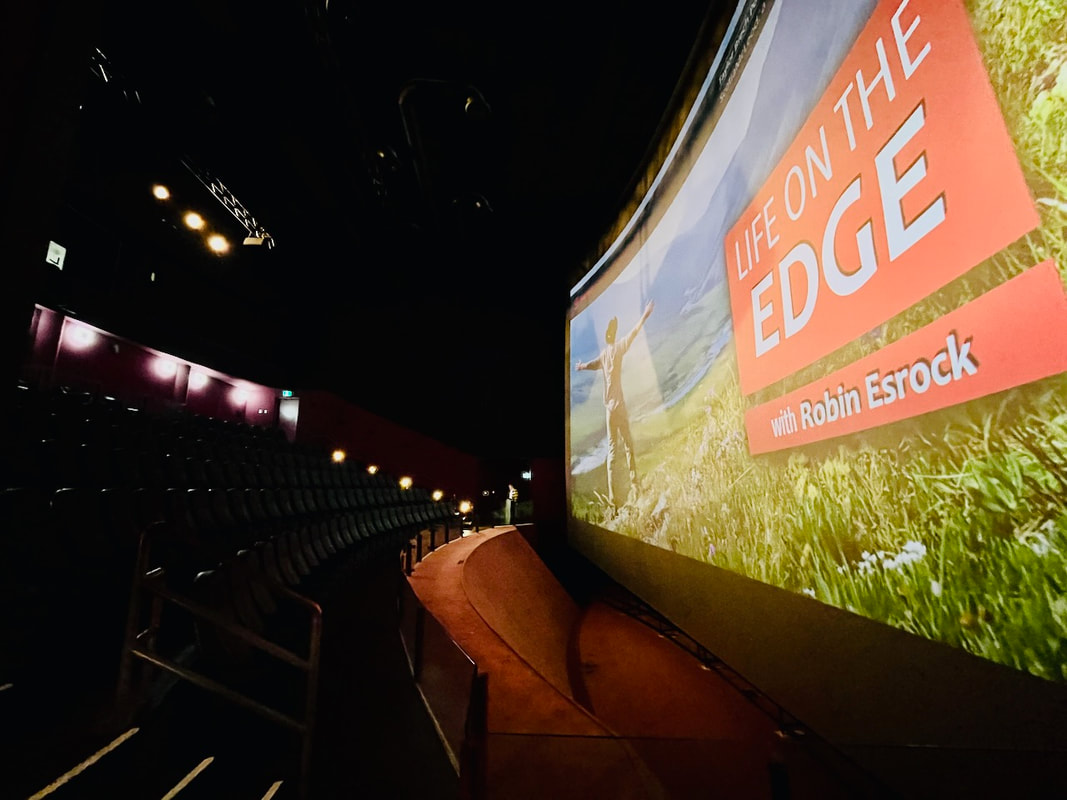
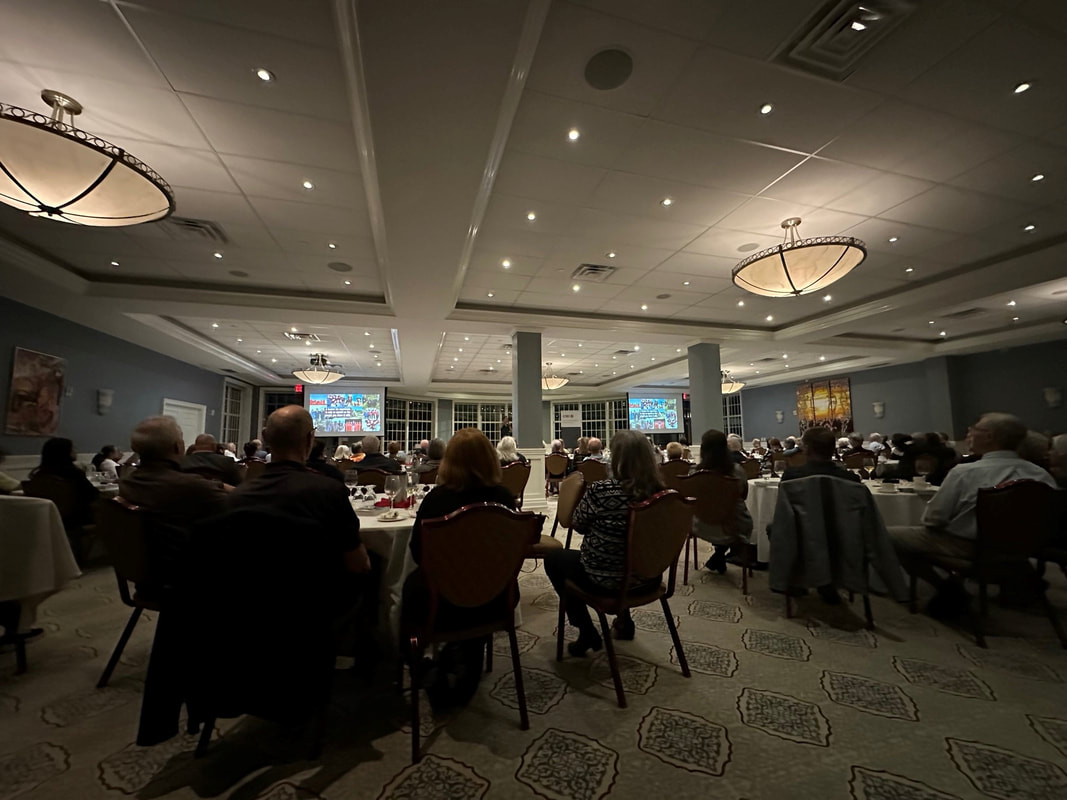
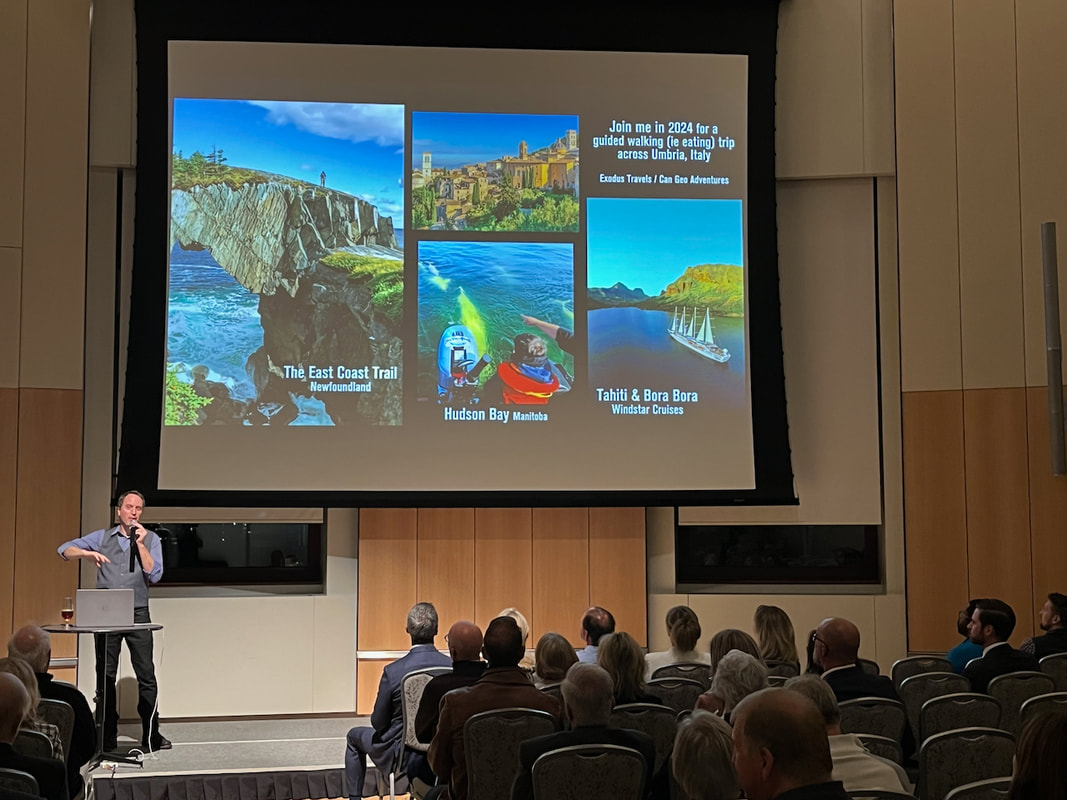
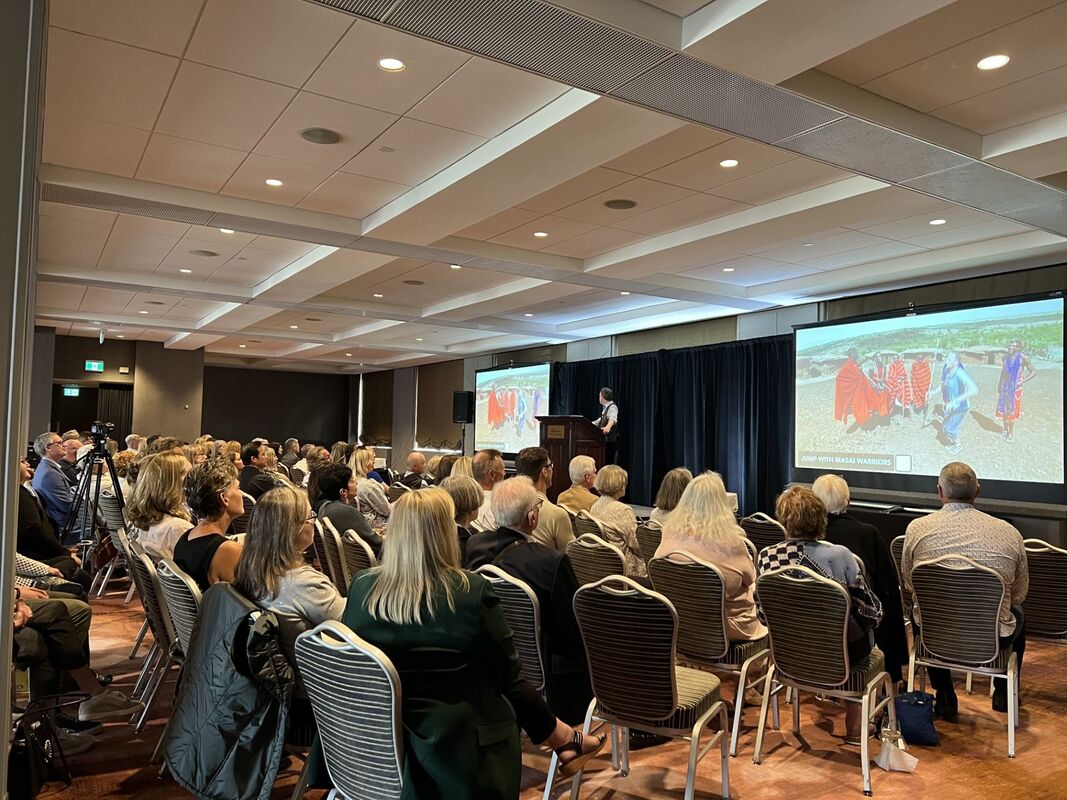
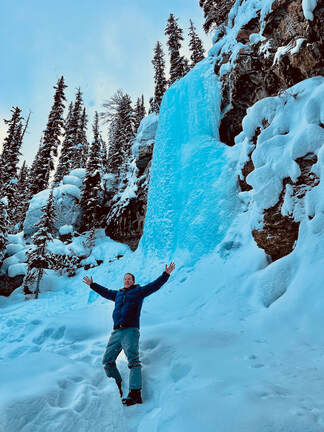
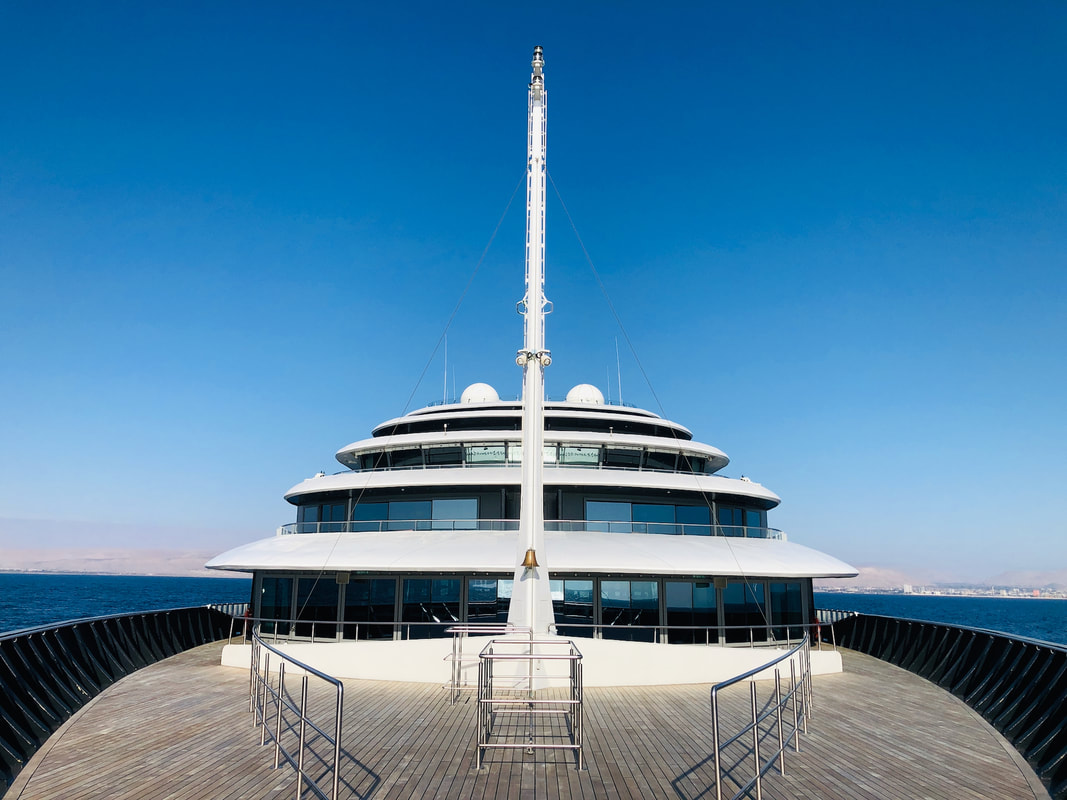
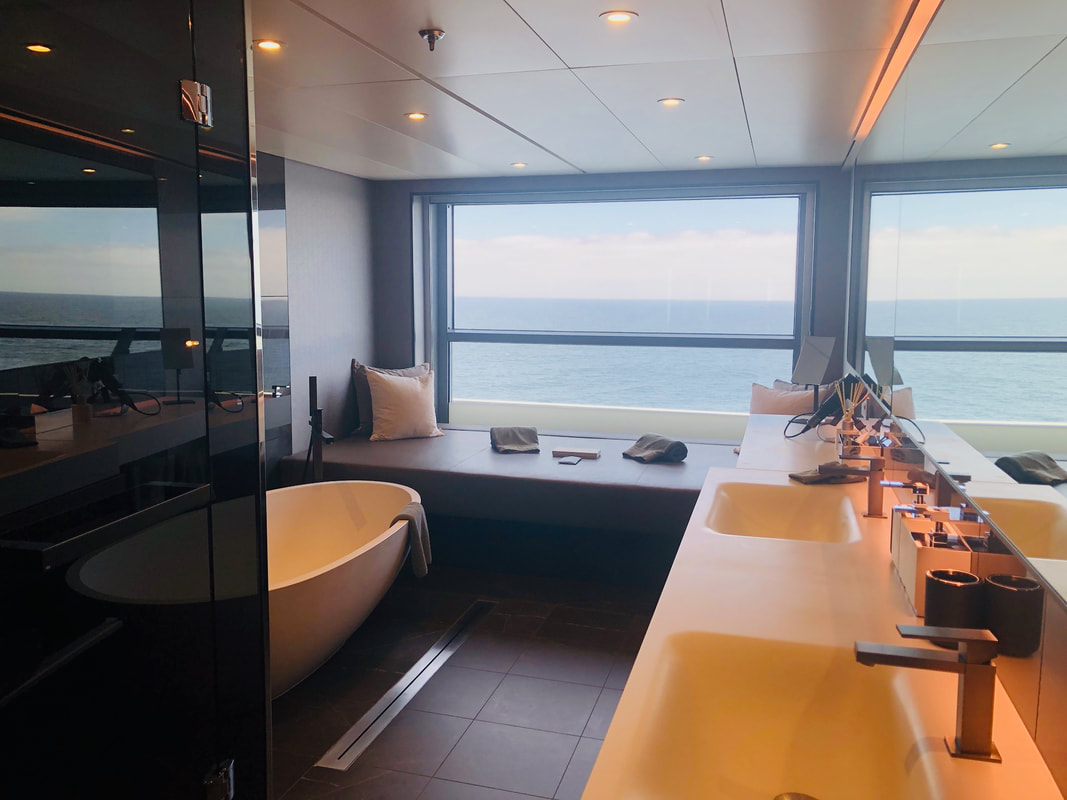
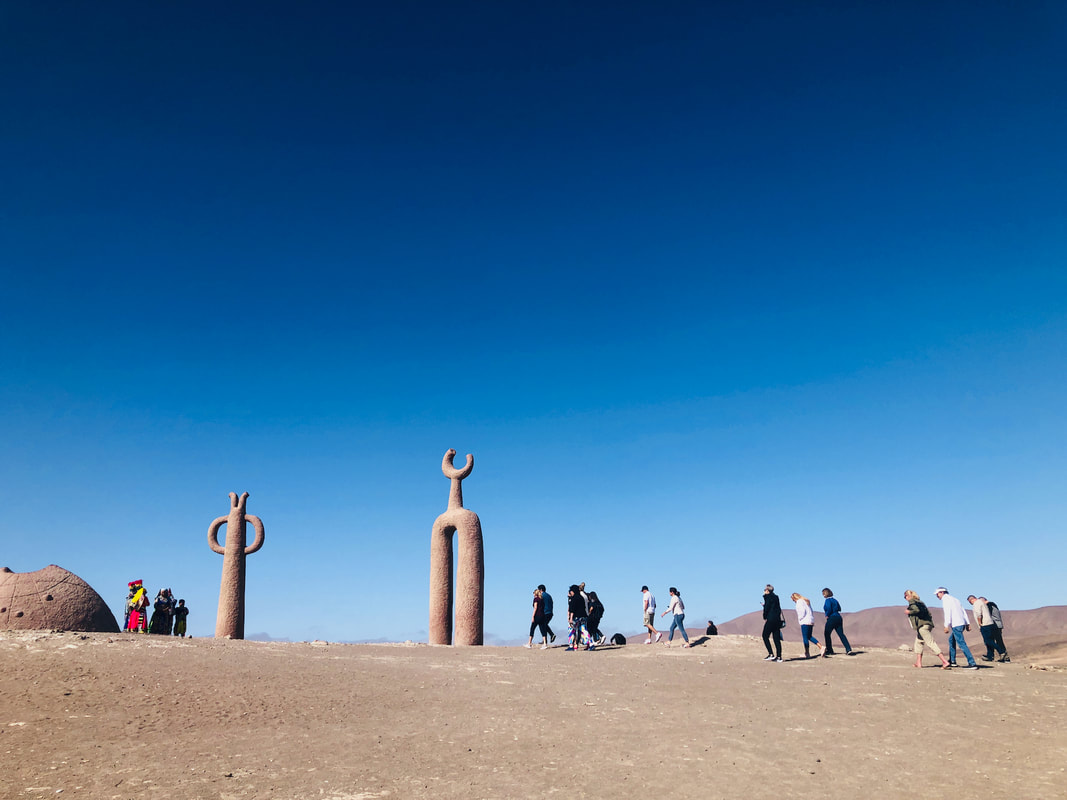
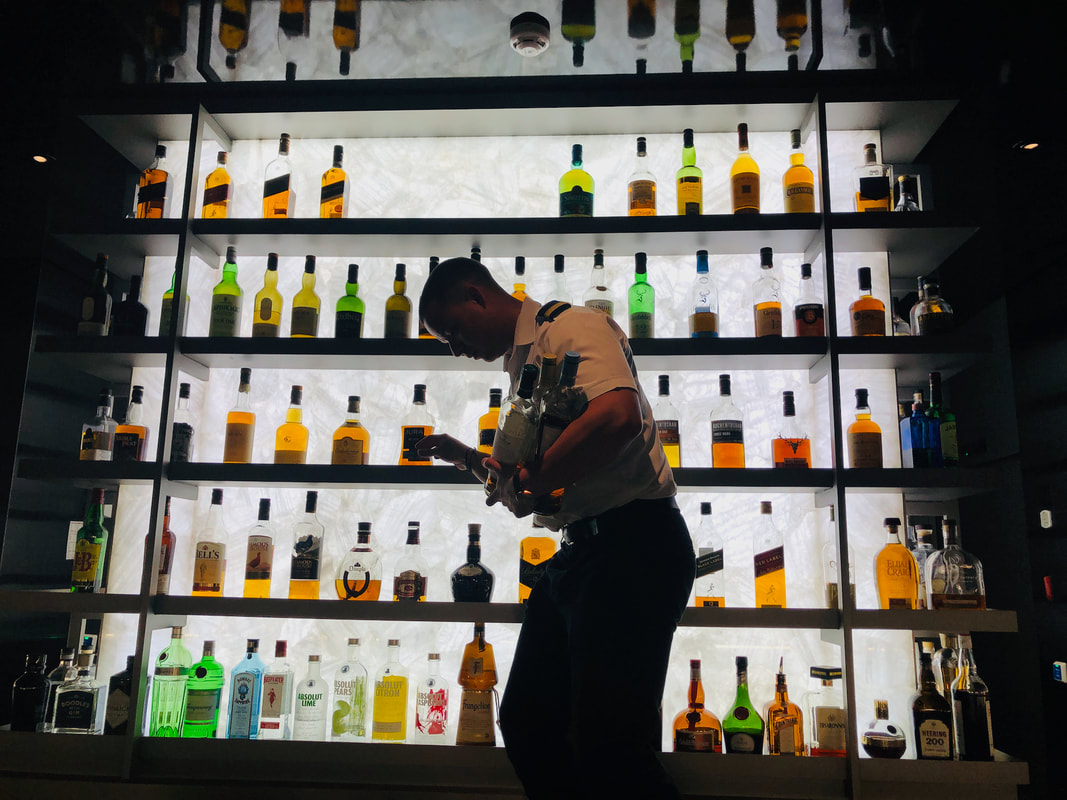
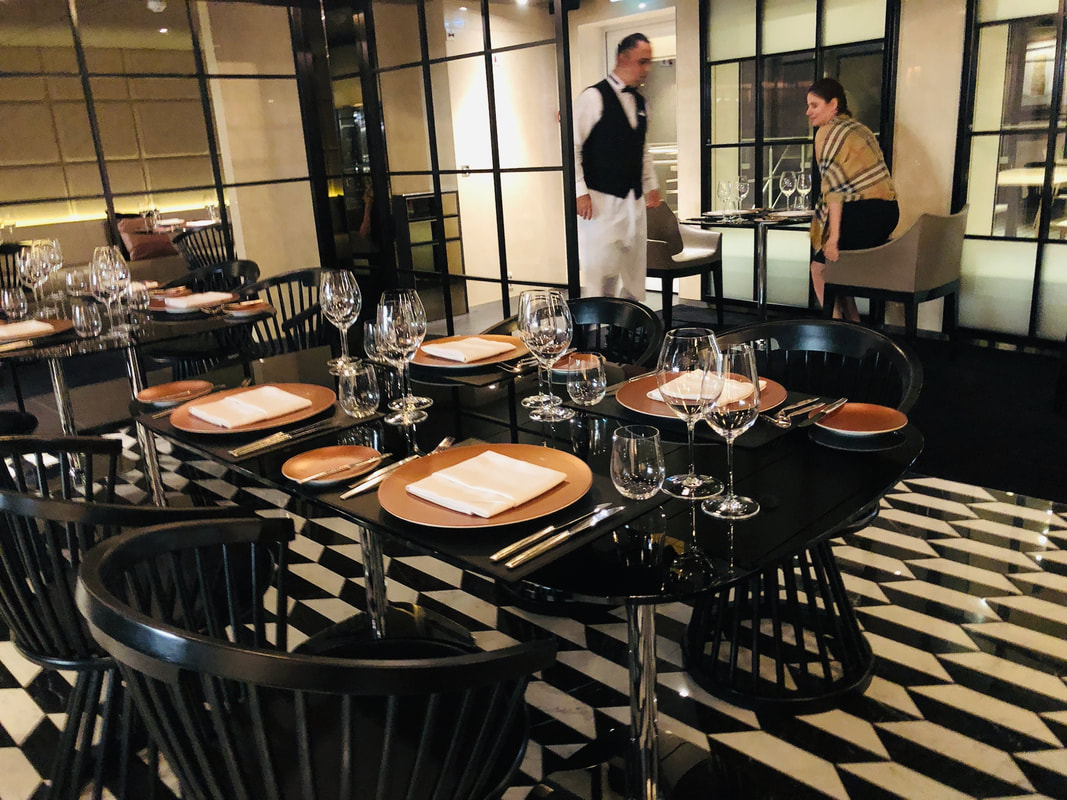
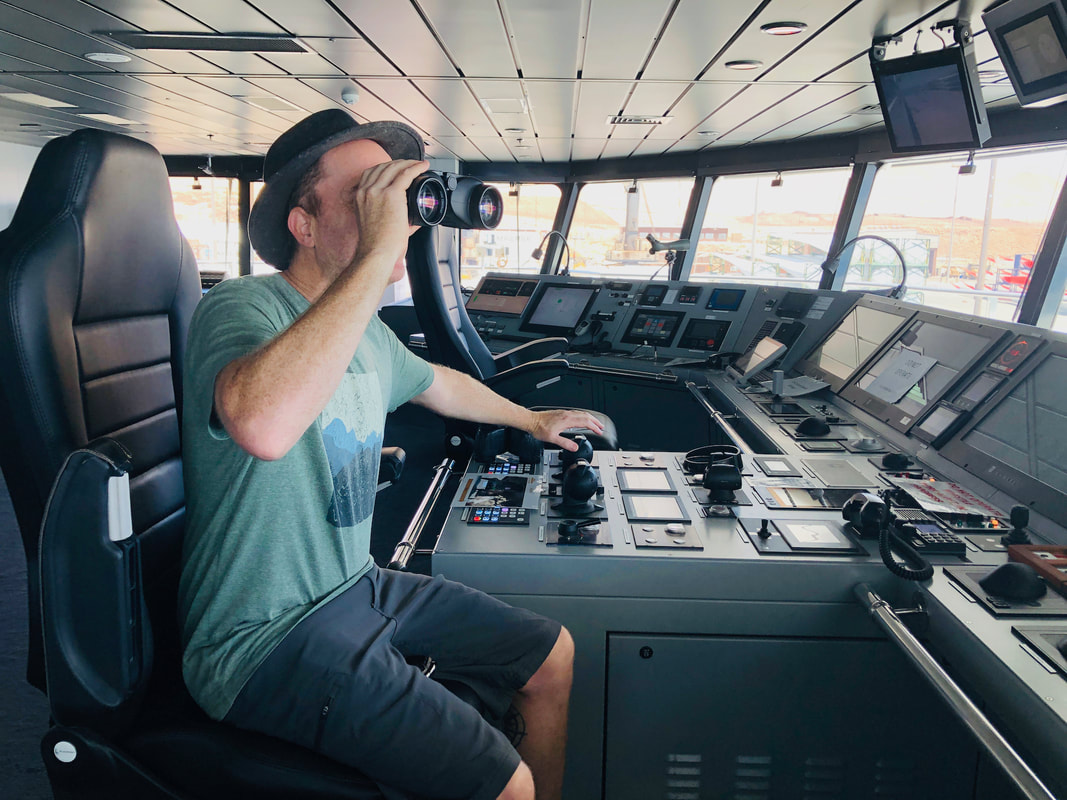
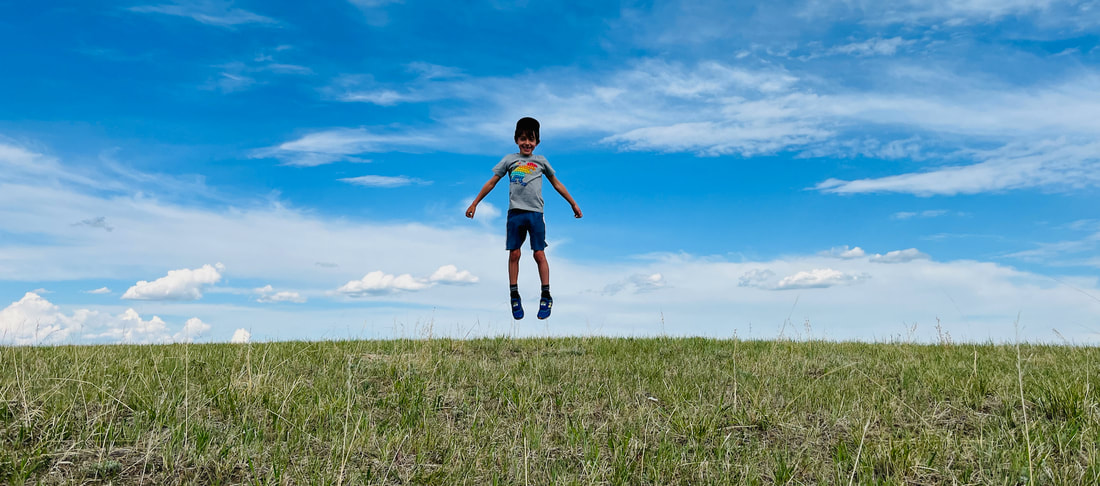
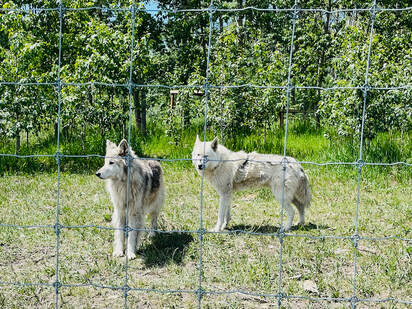
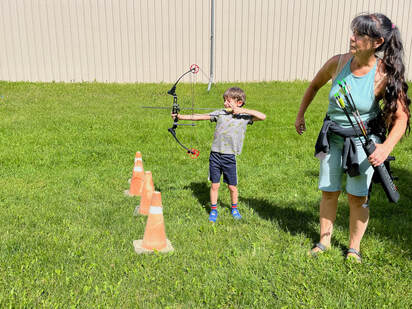
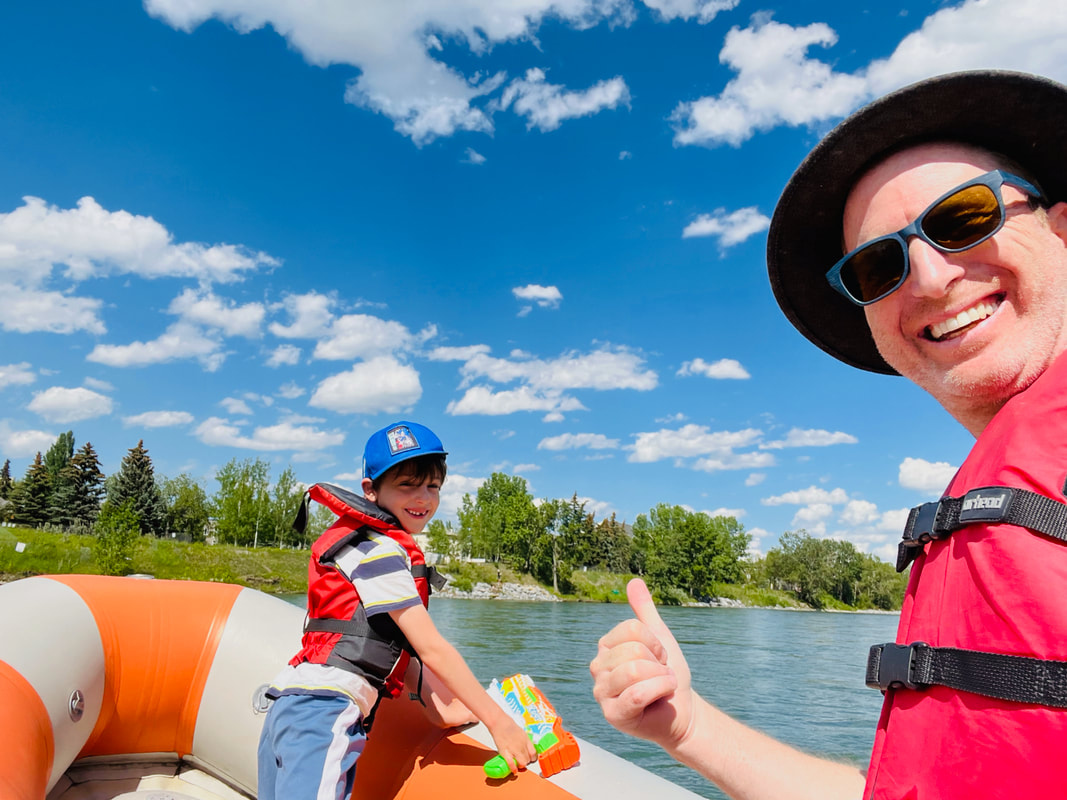
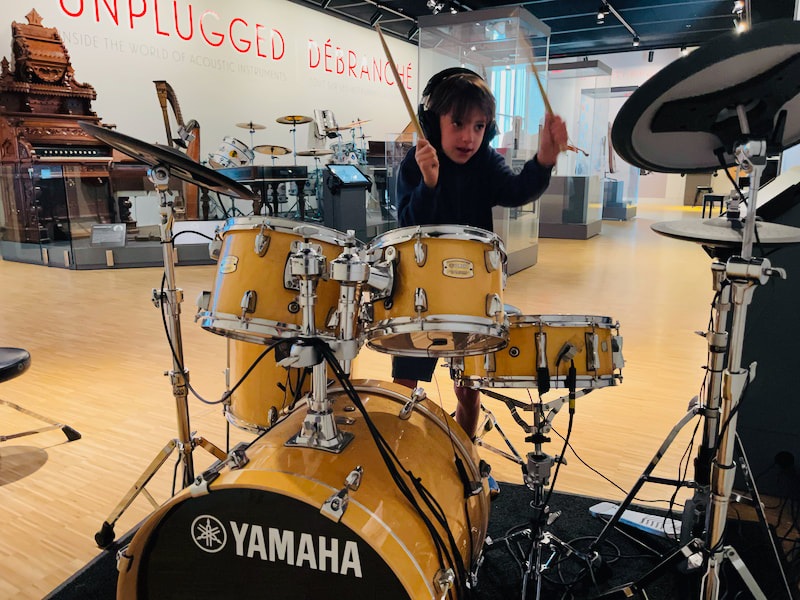
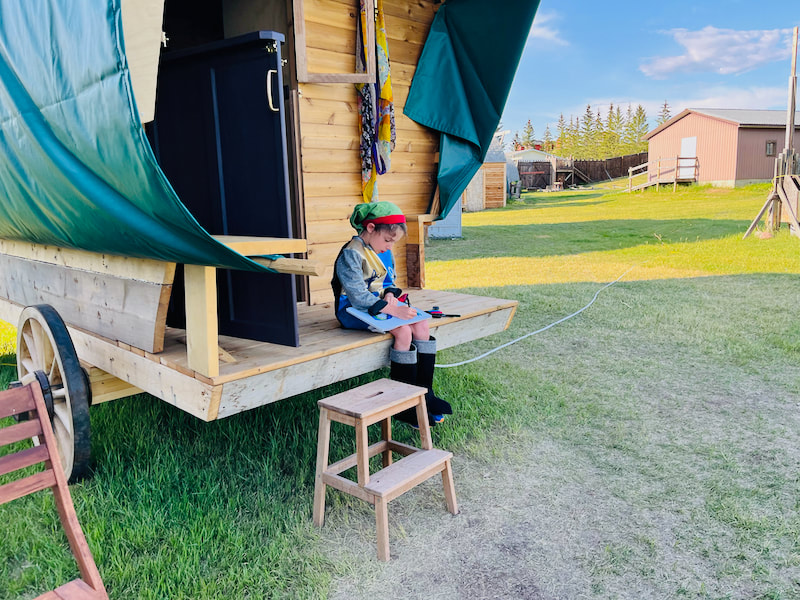
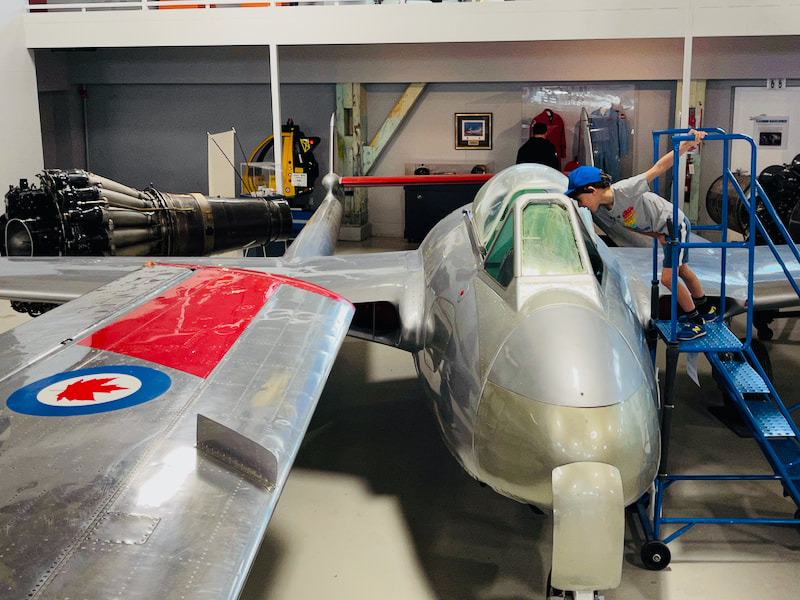


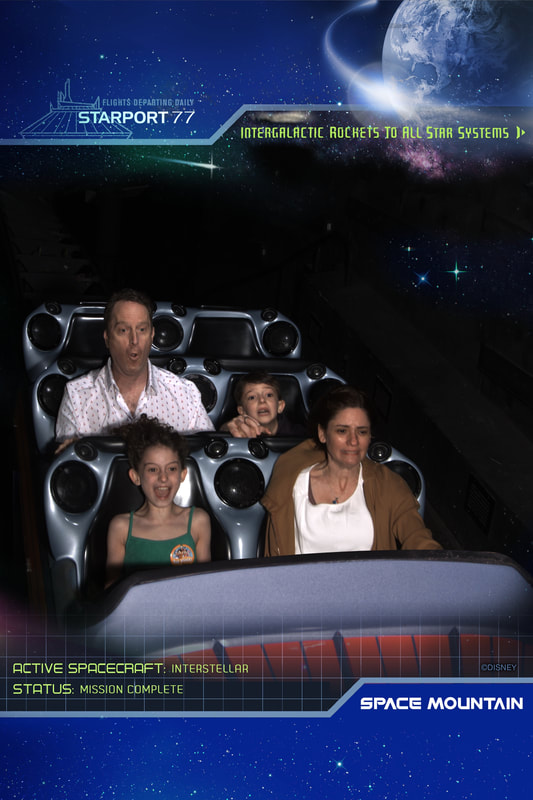
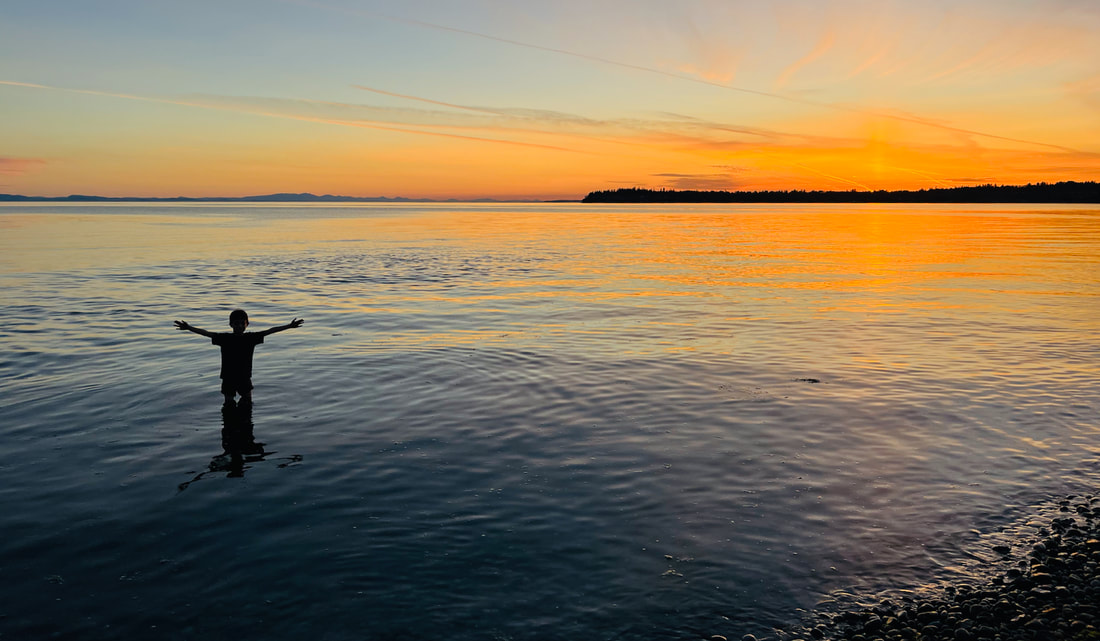
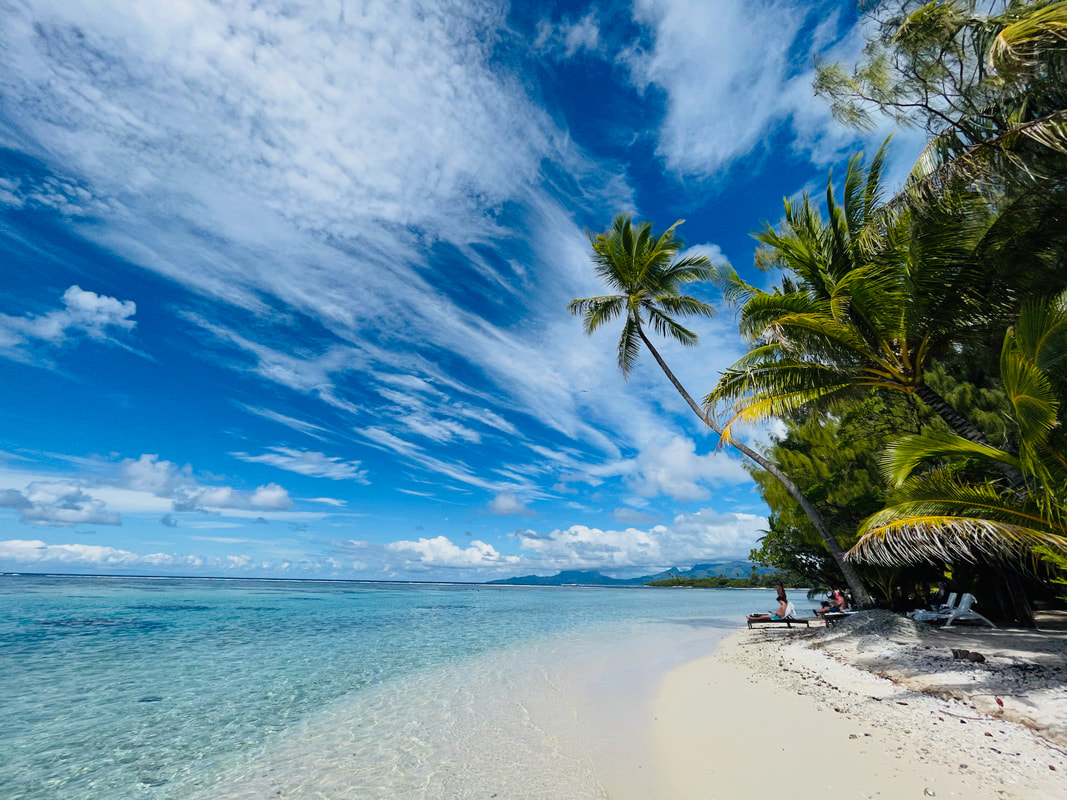
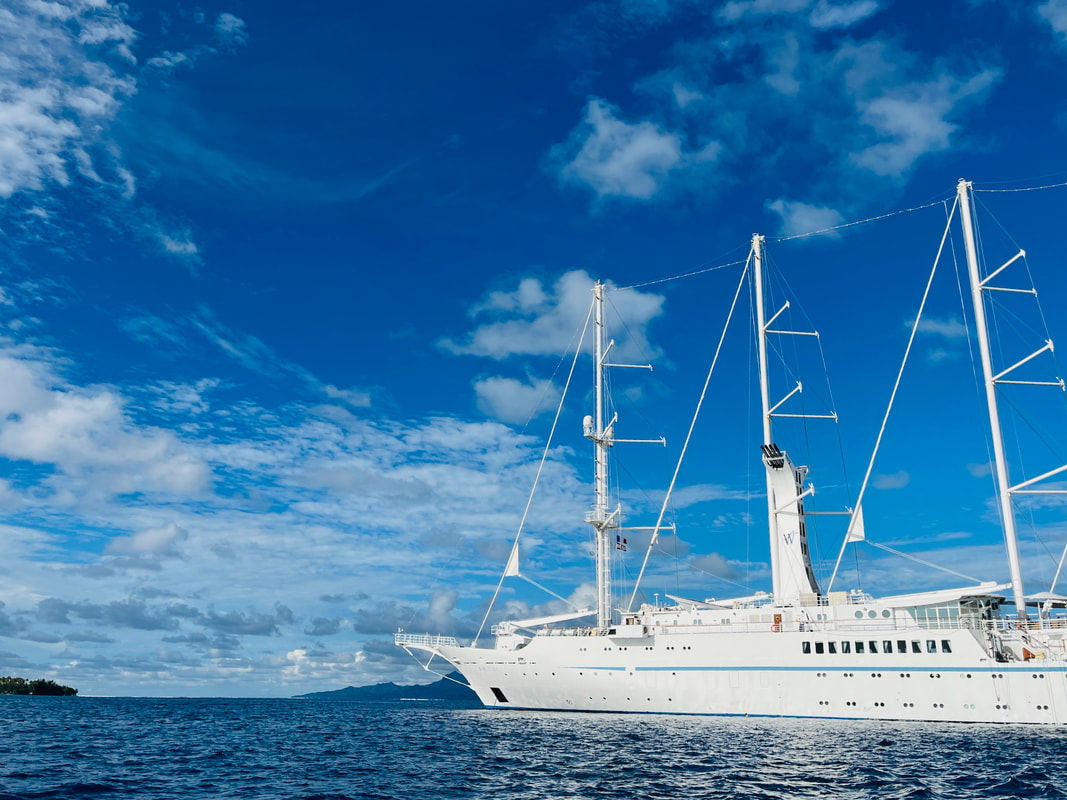
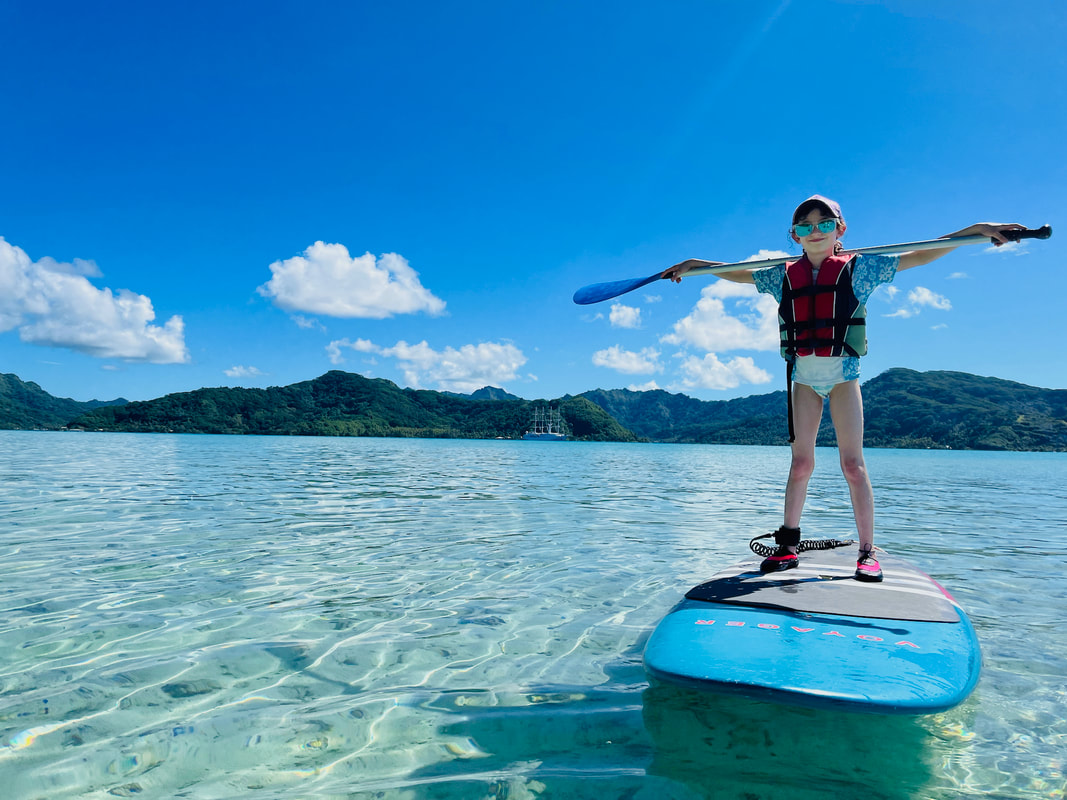

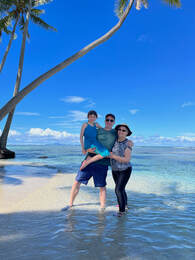
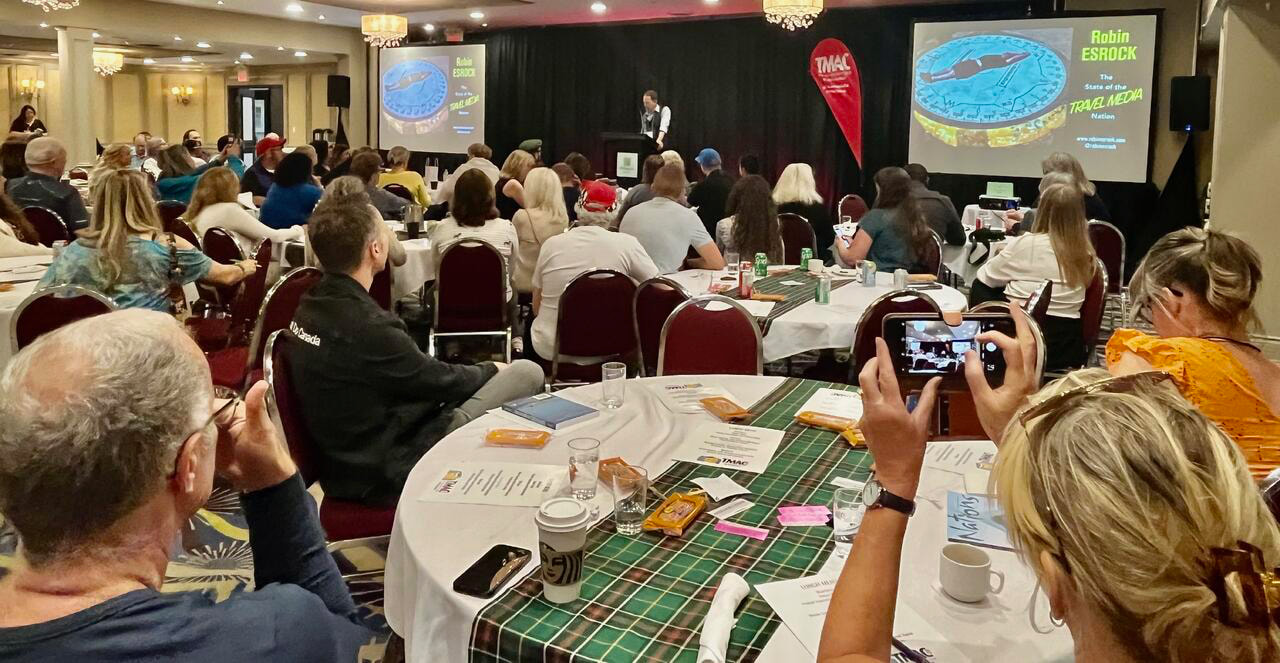
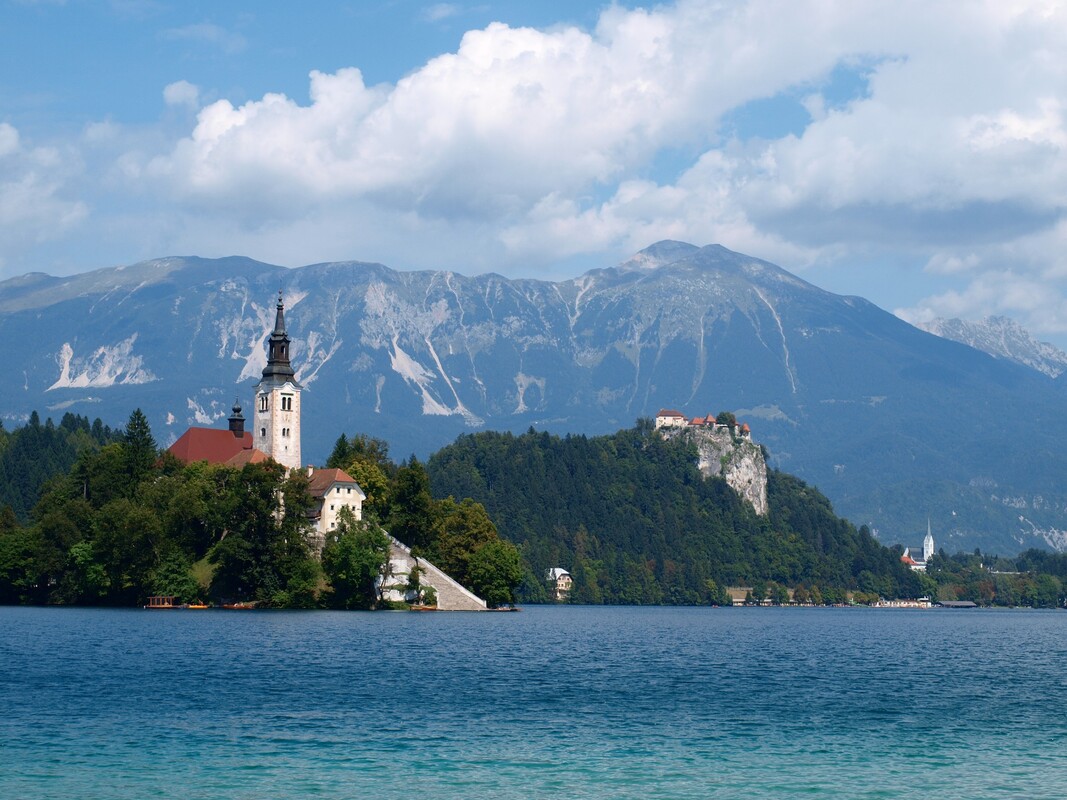
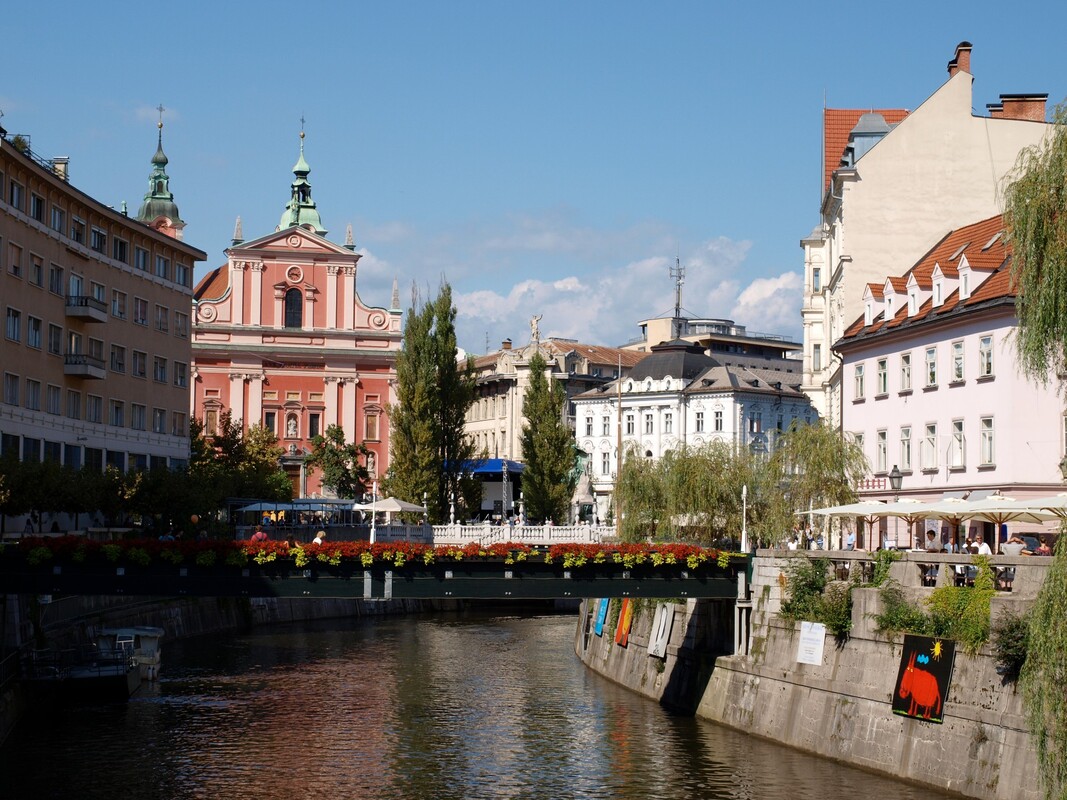
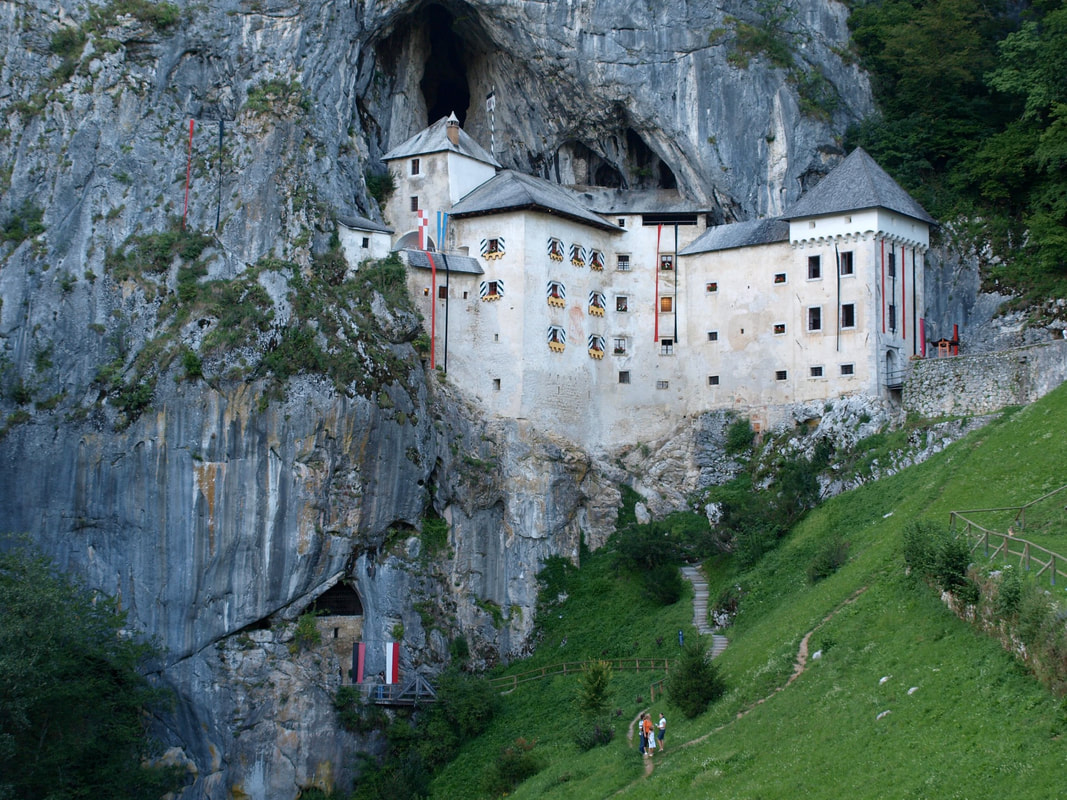
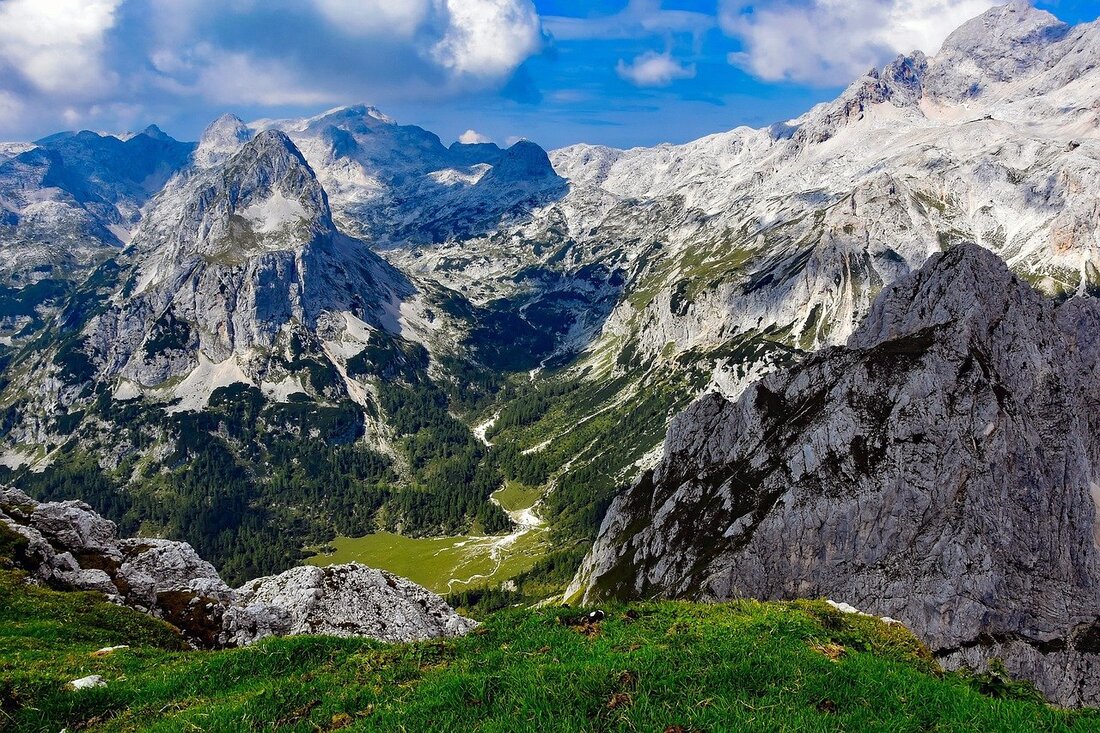
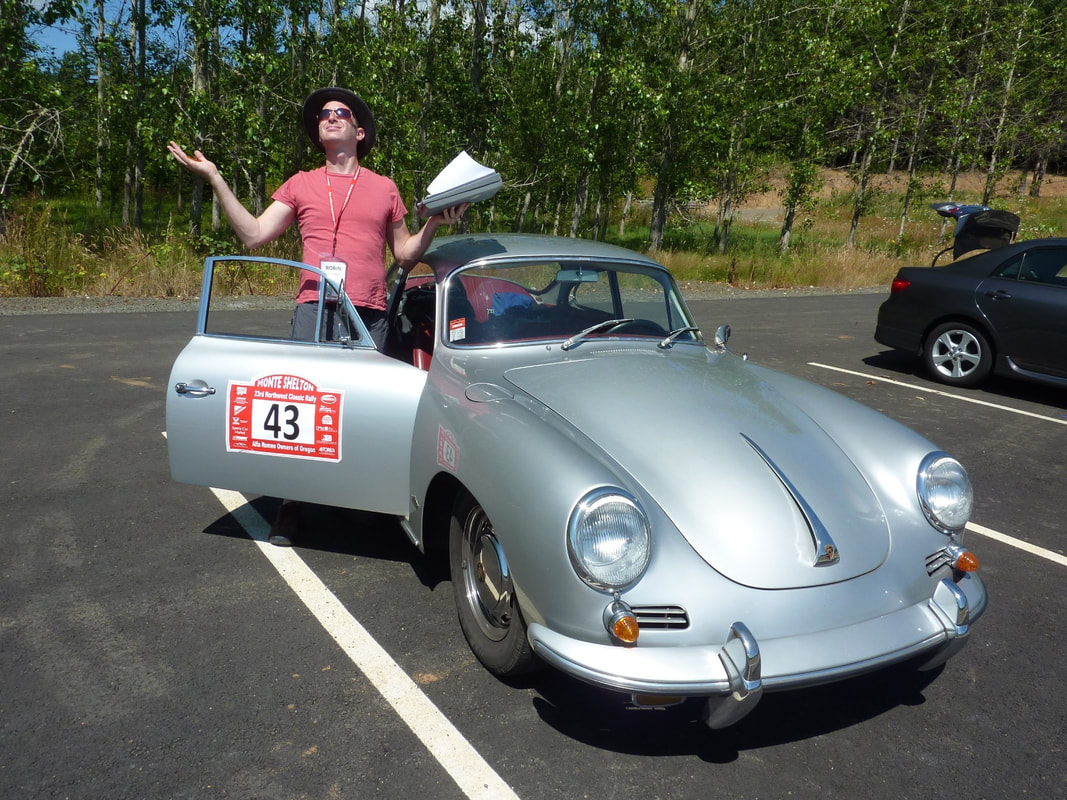
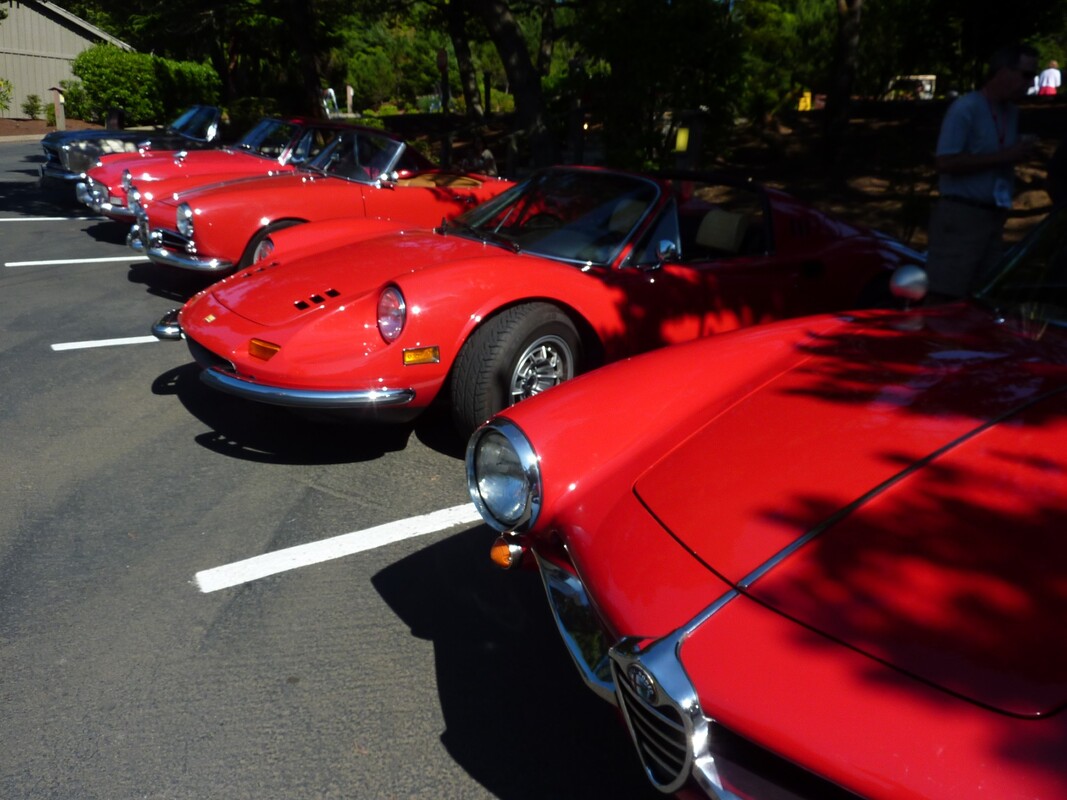
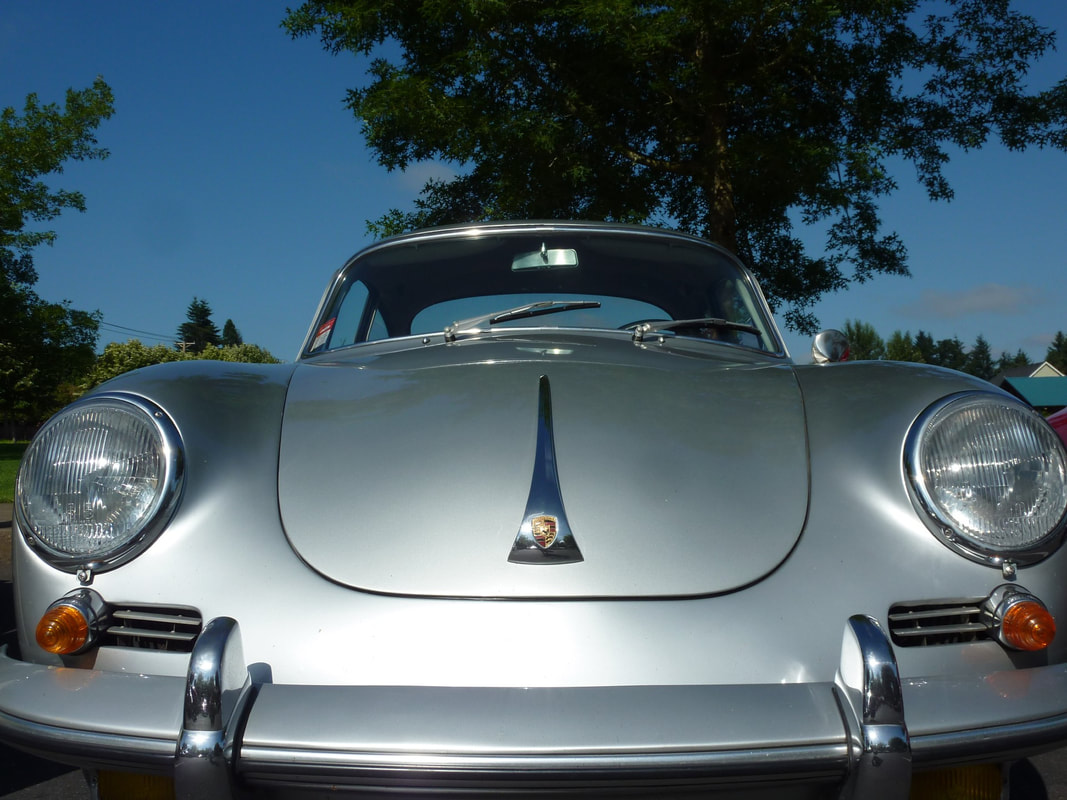
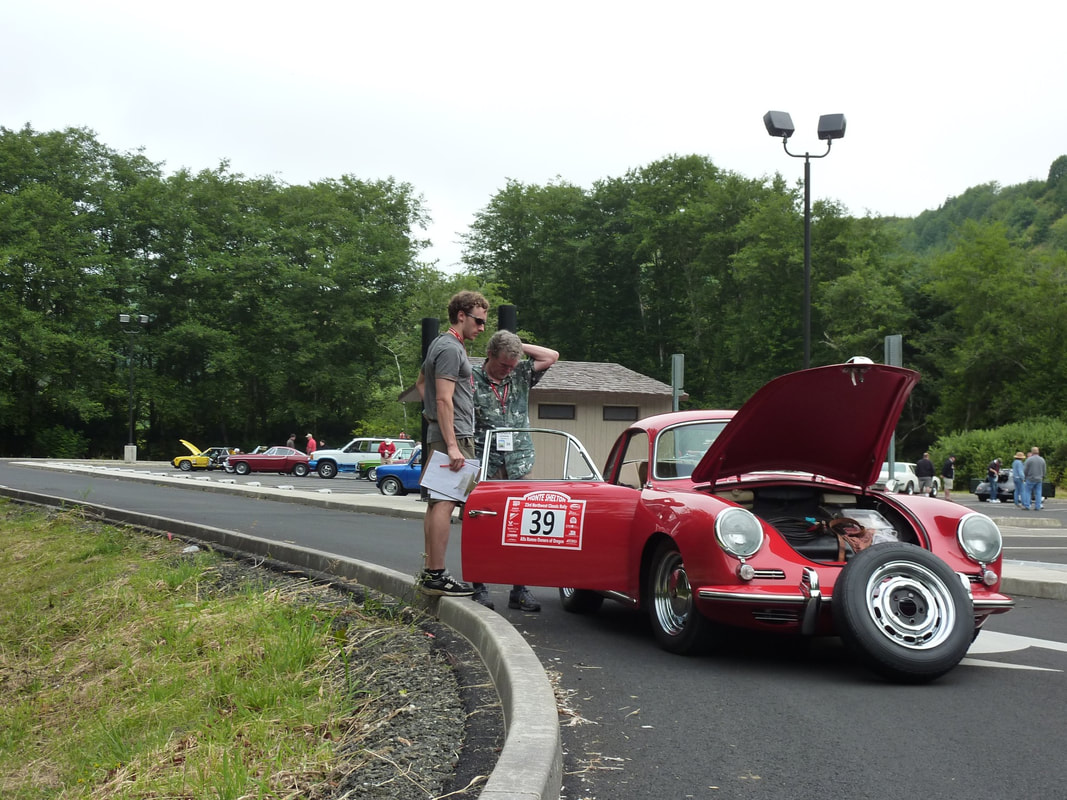
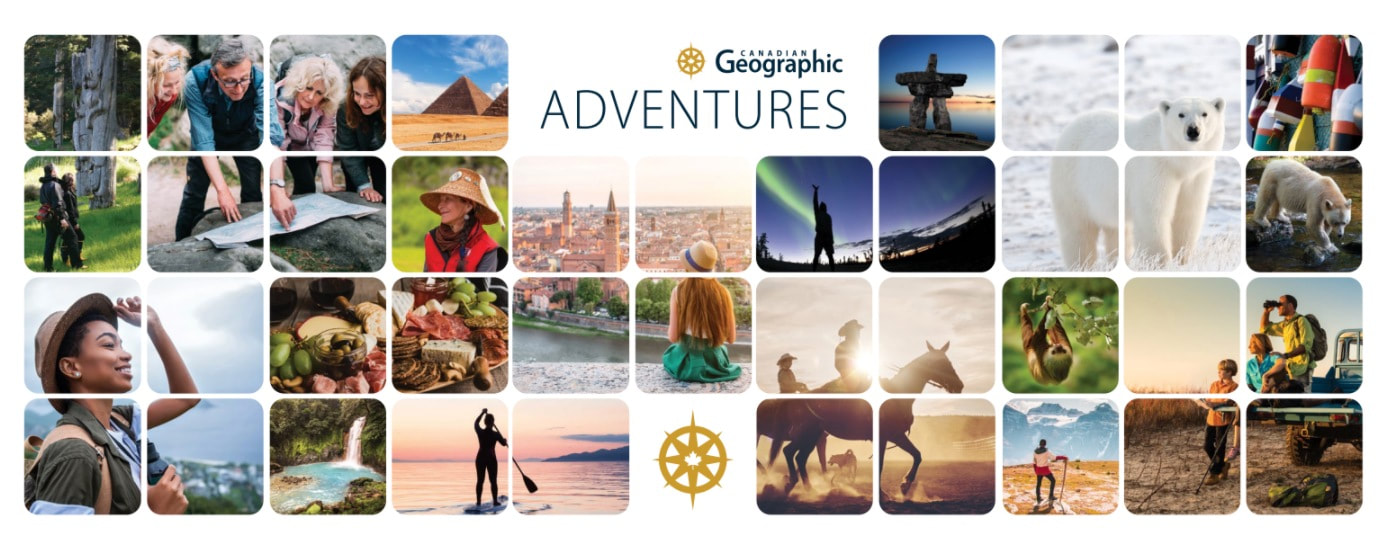
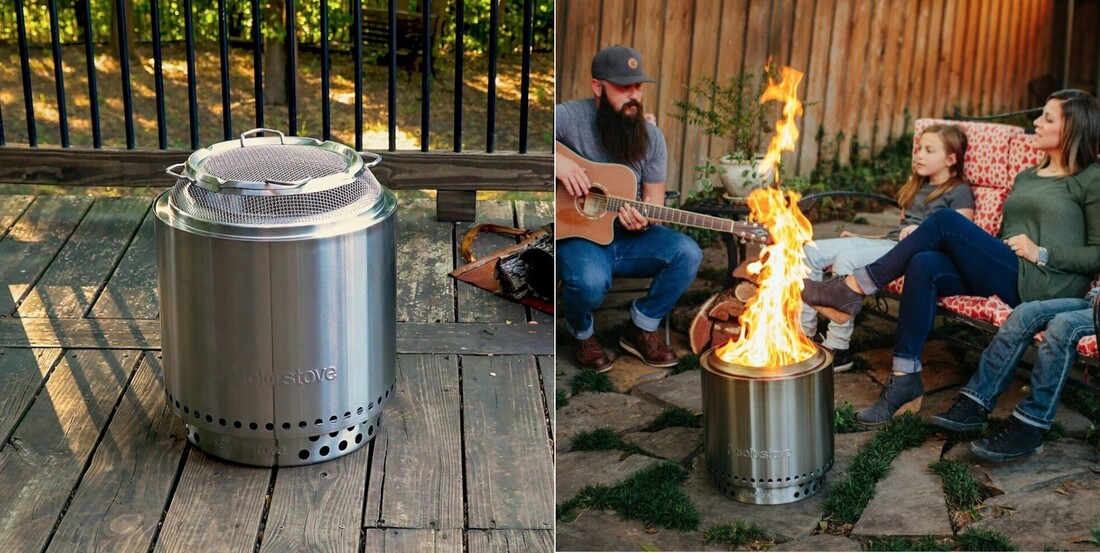
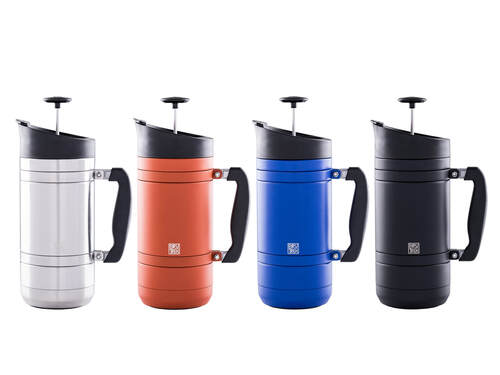
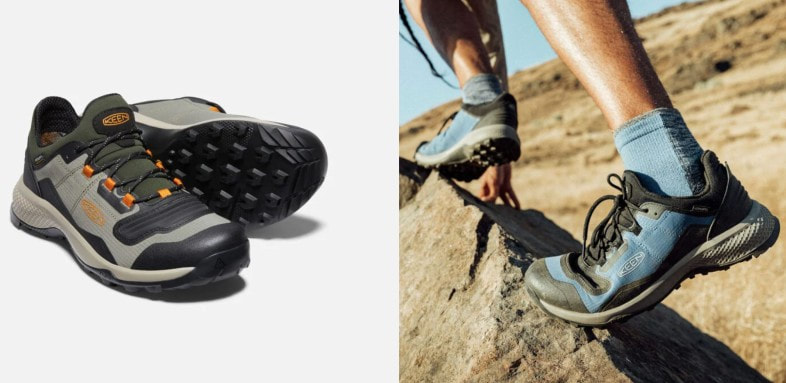

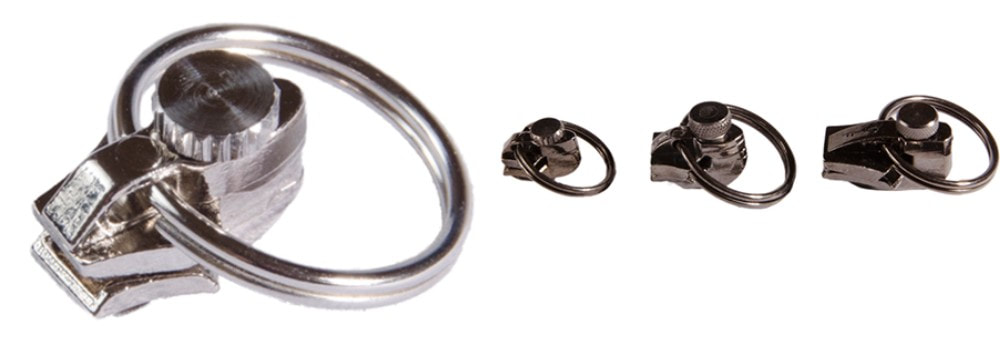
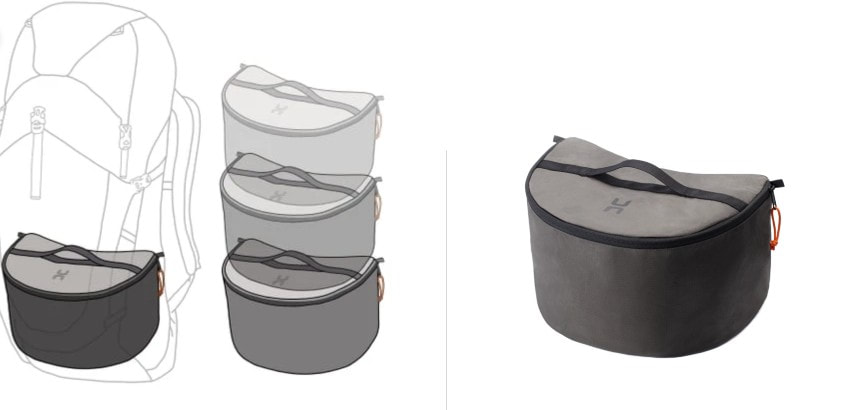

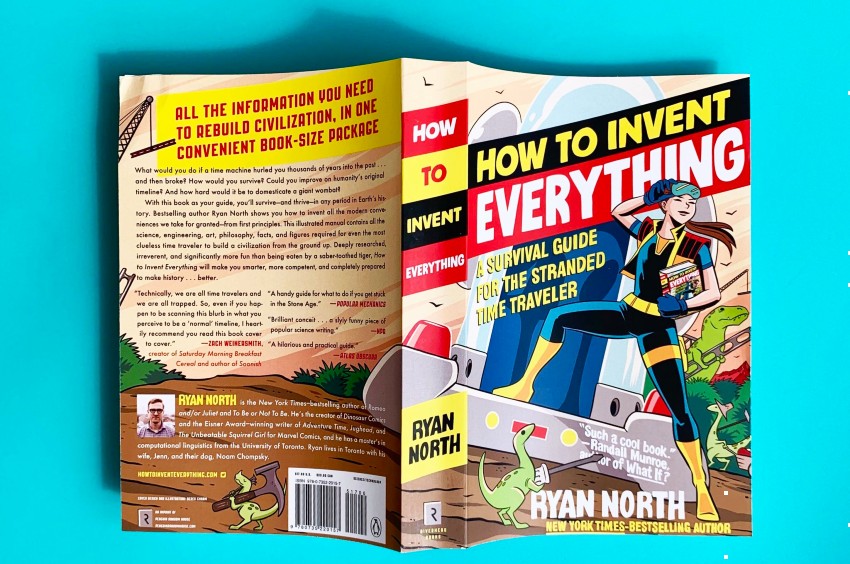
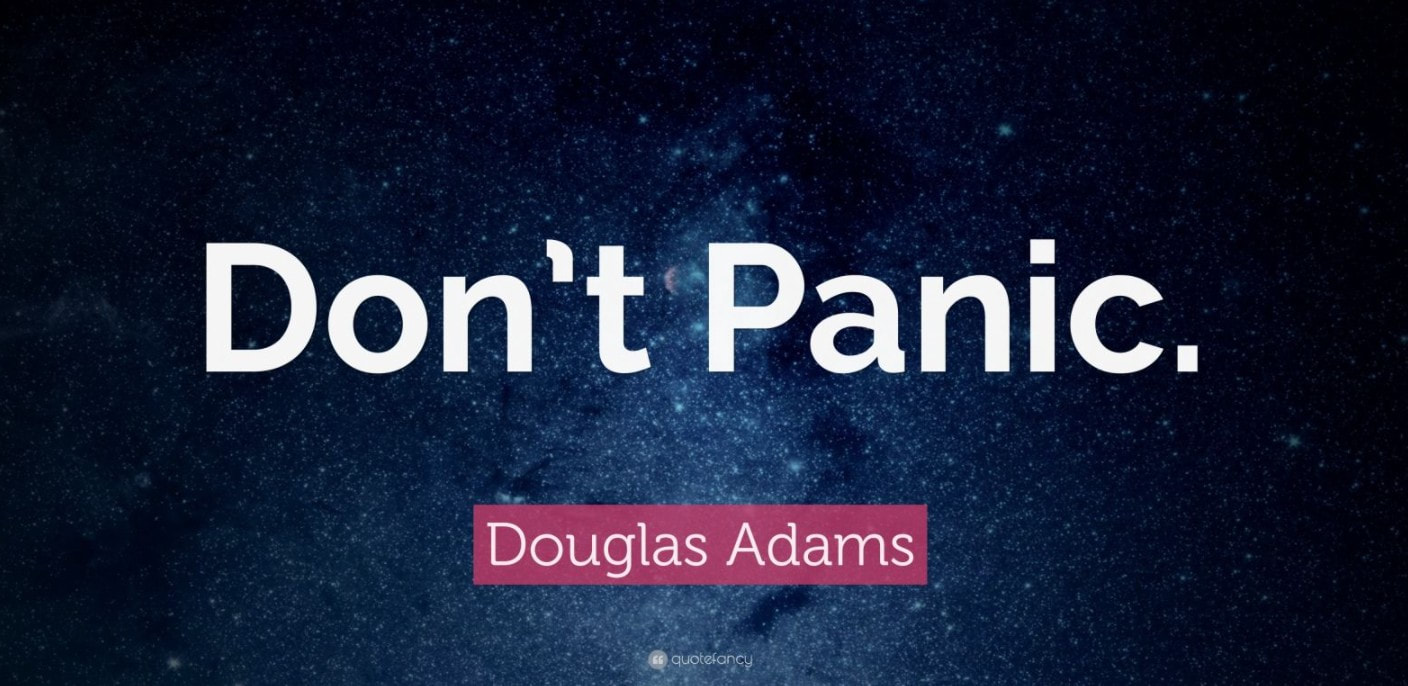
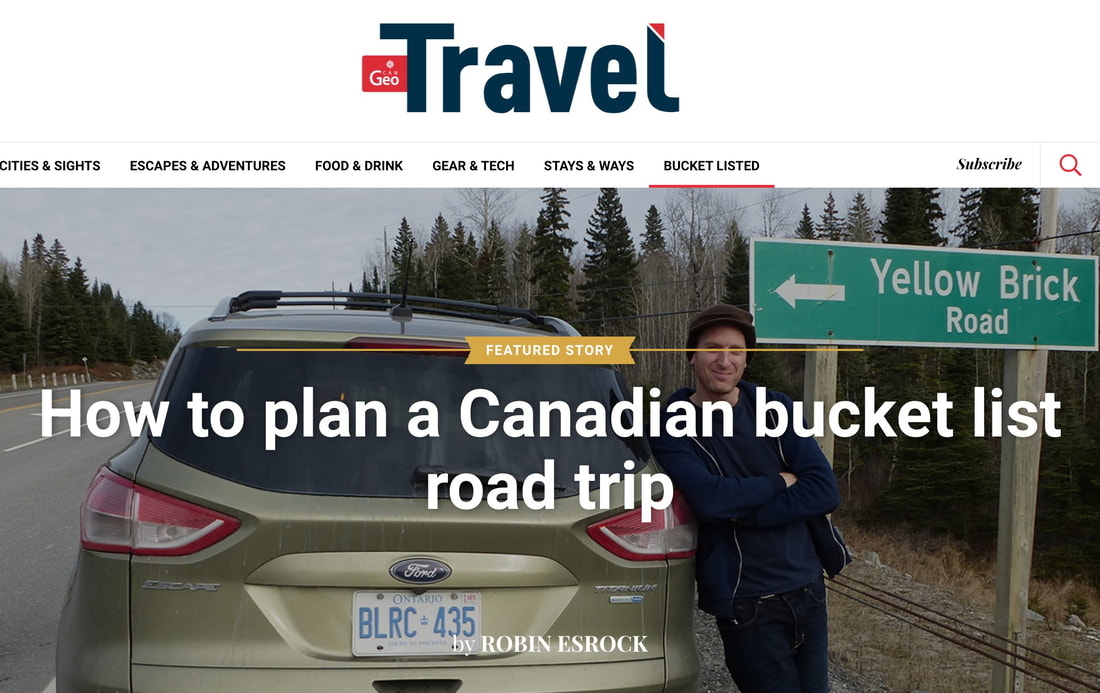
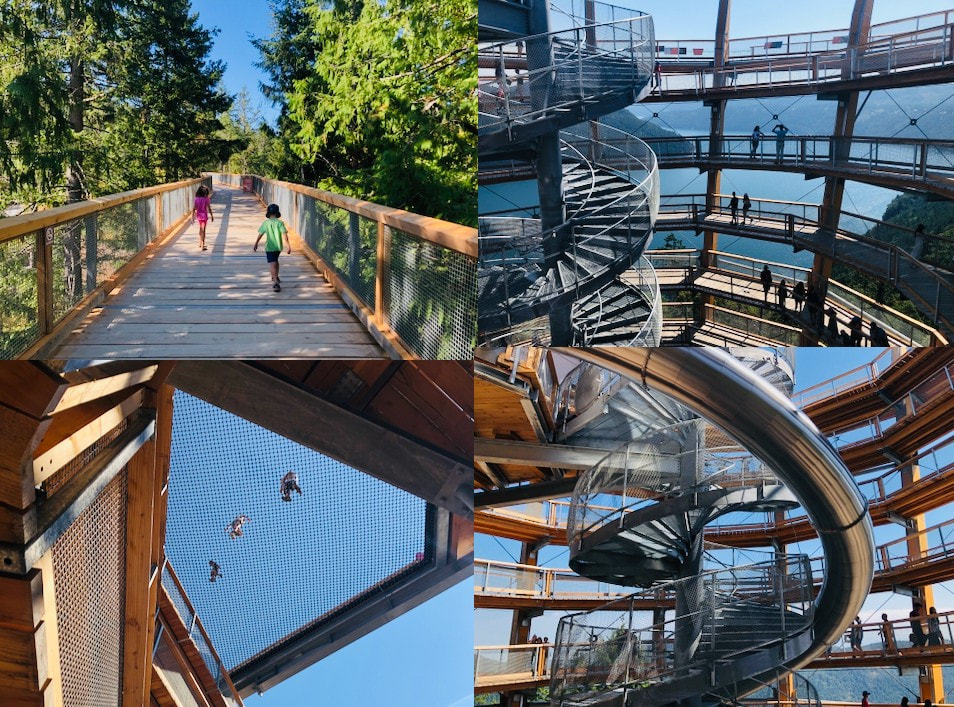
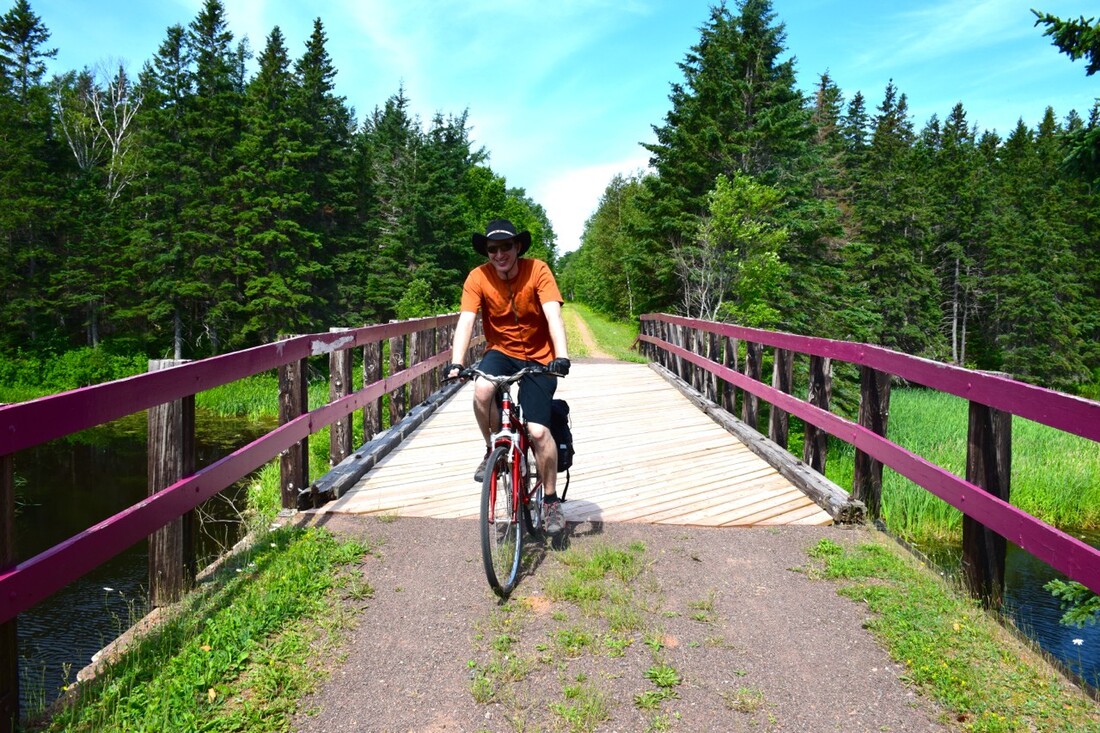
 RSS Feed
RSS Feed

